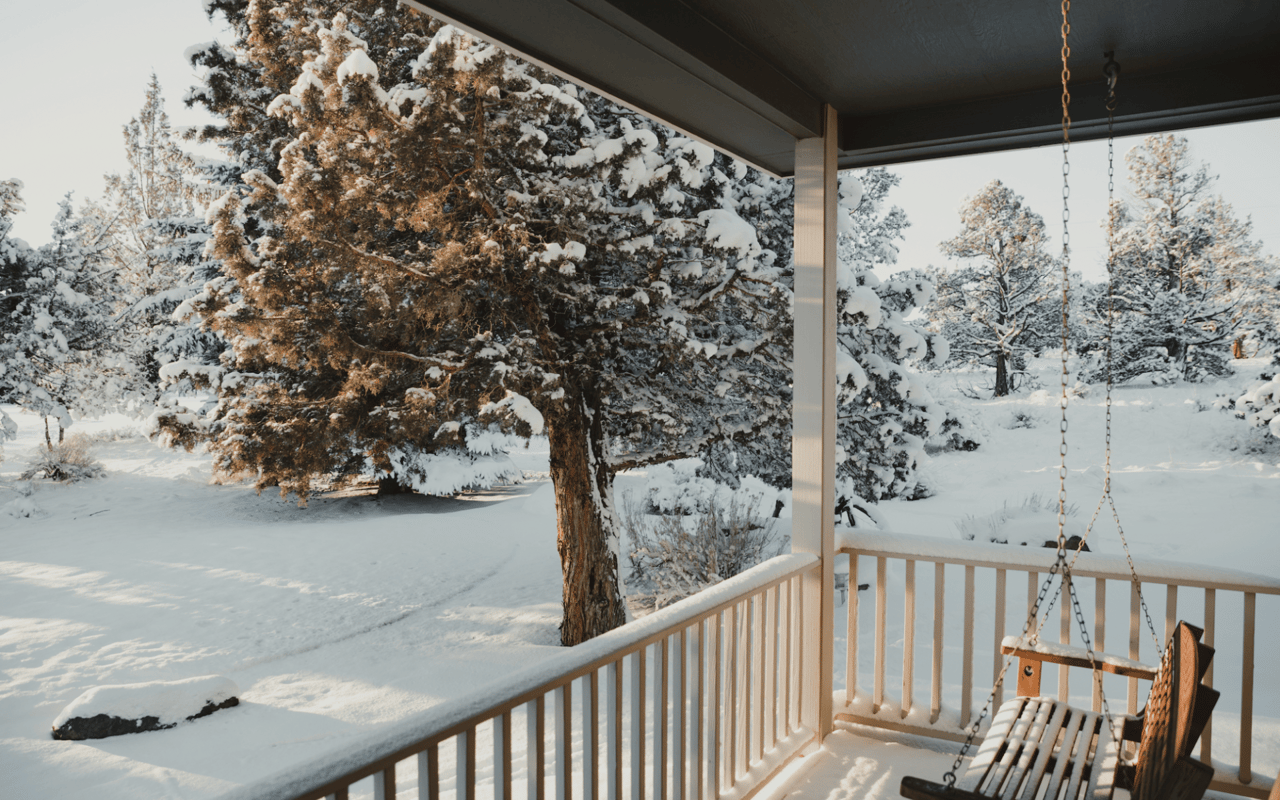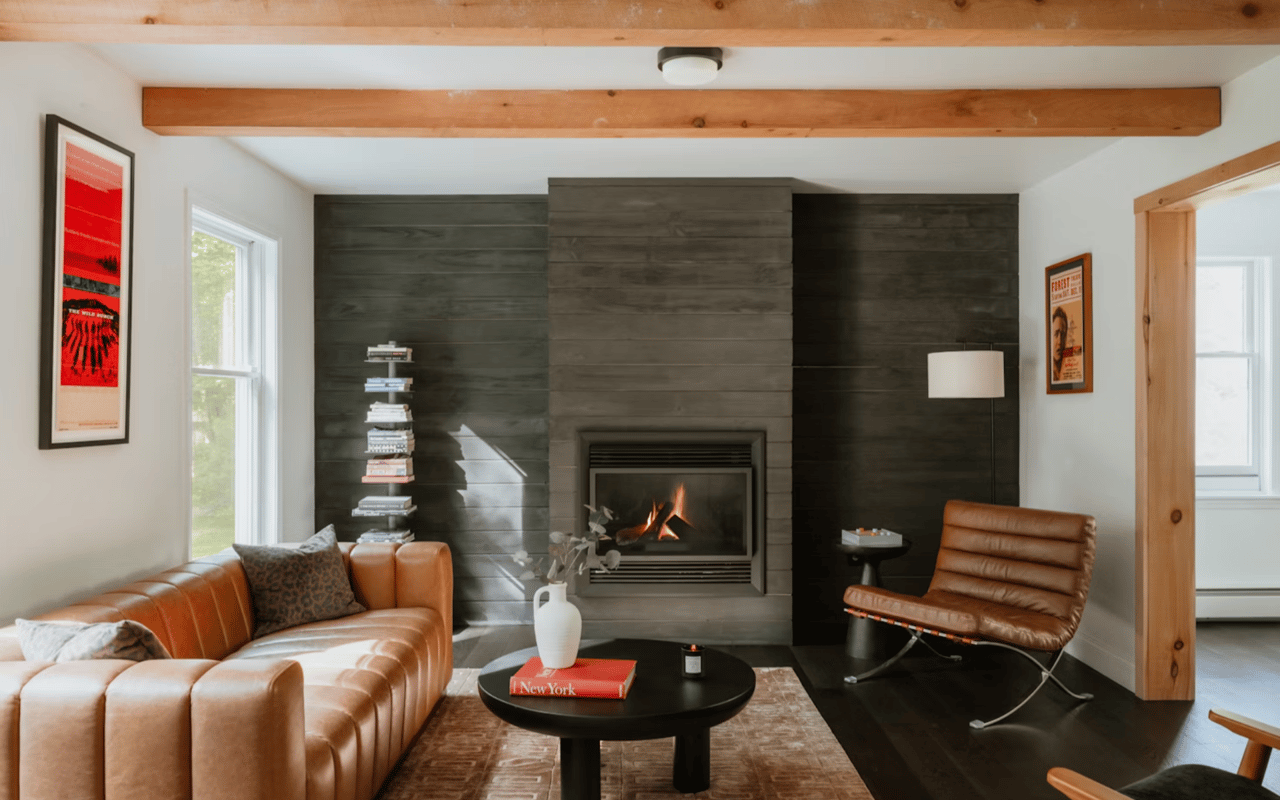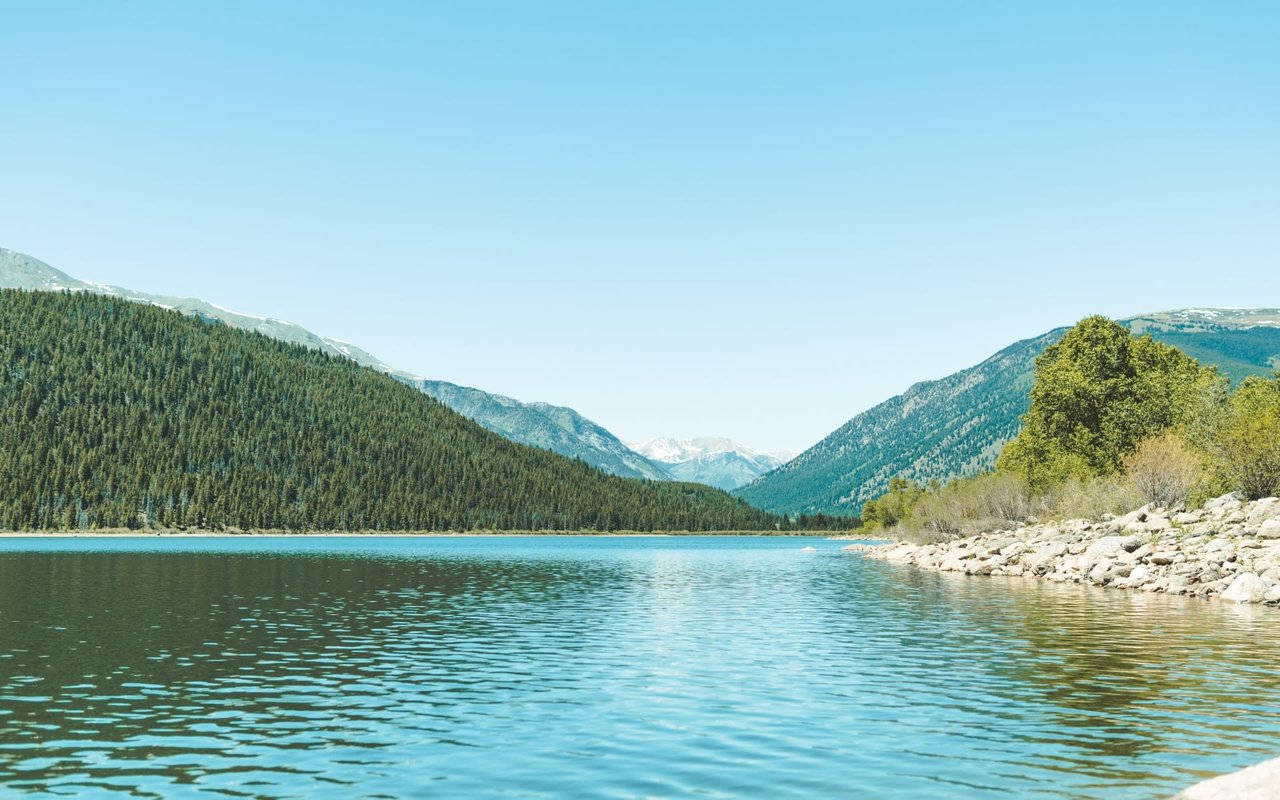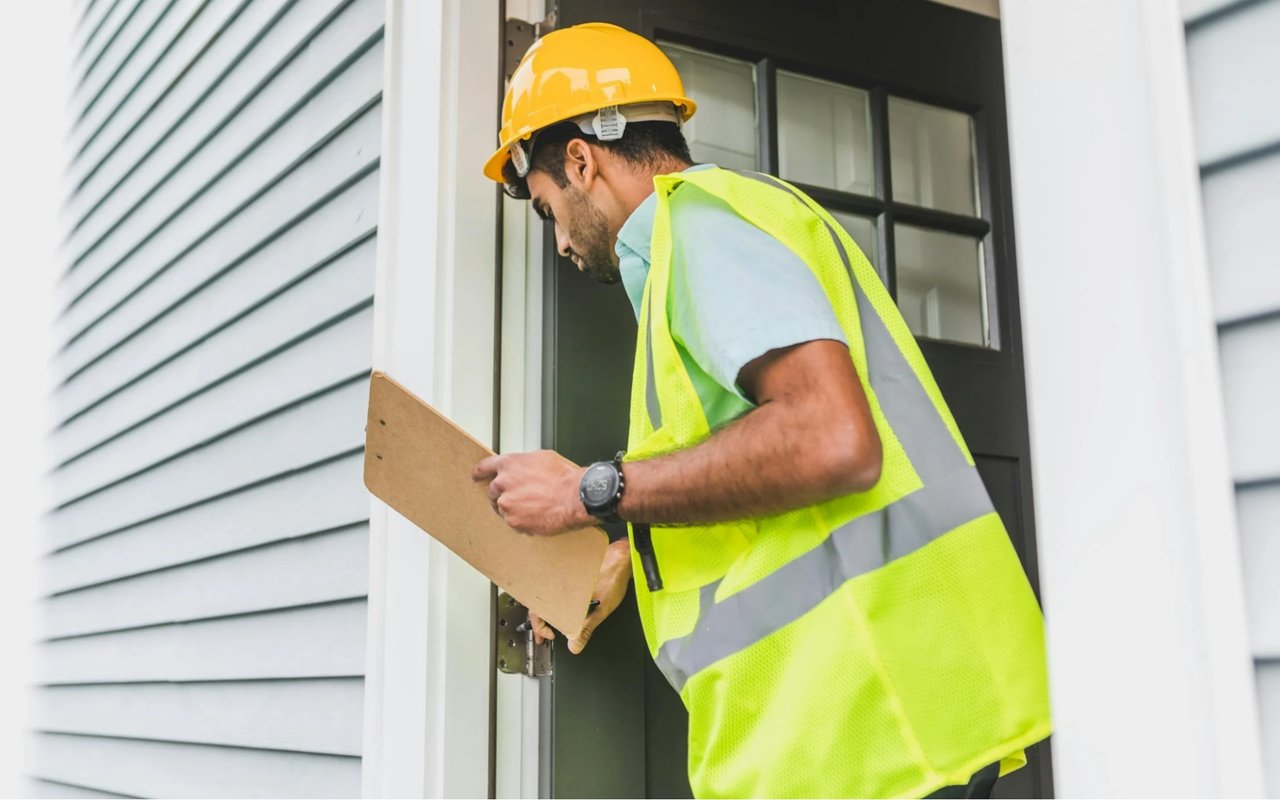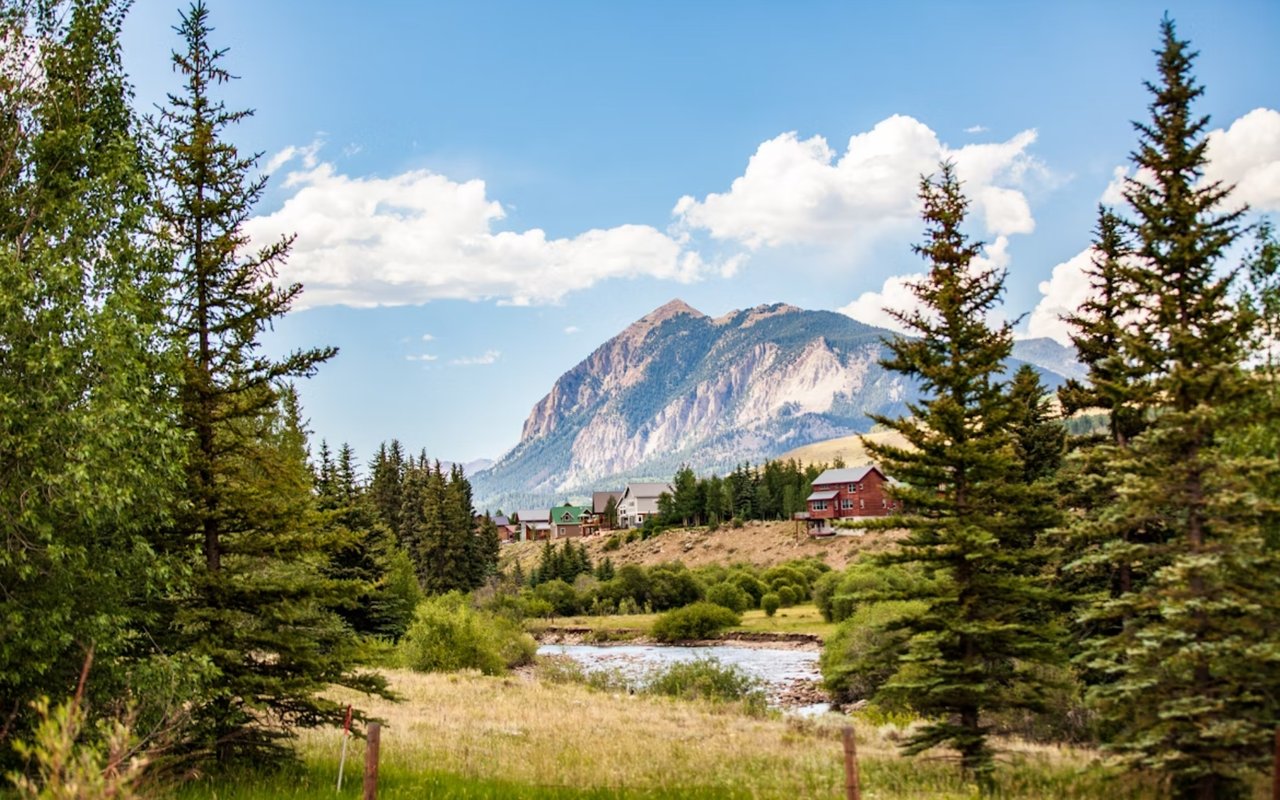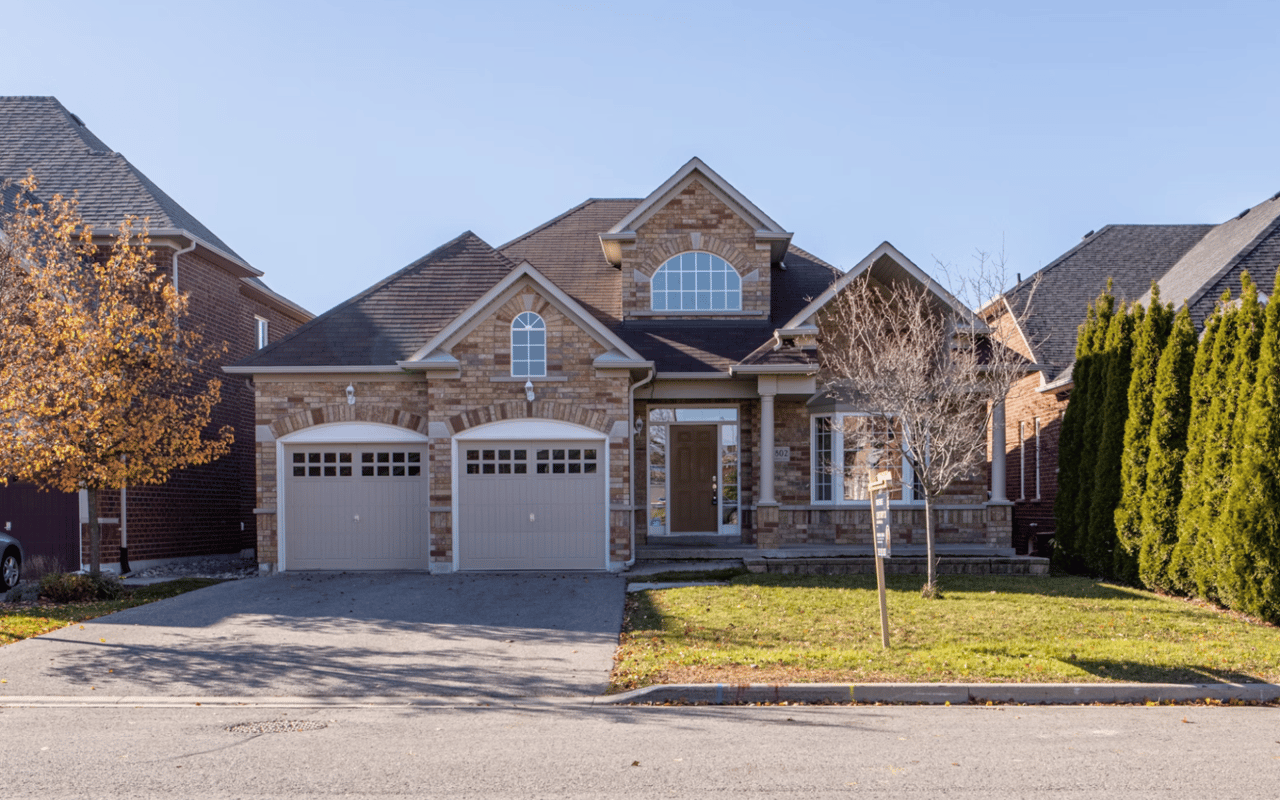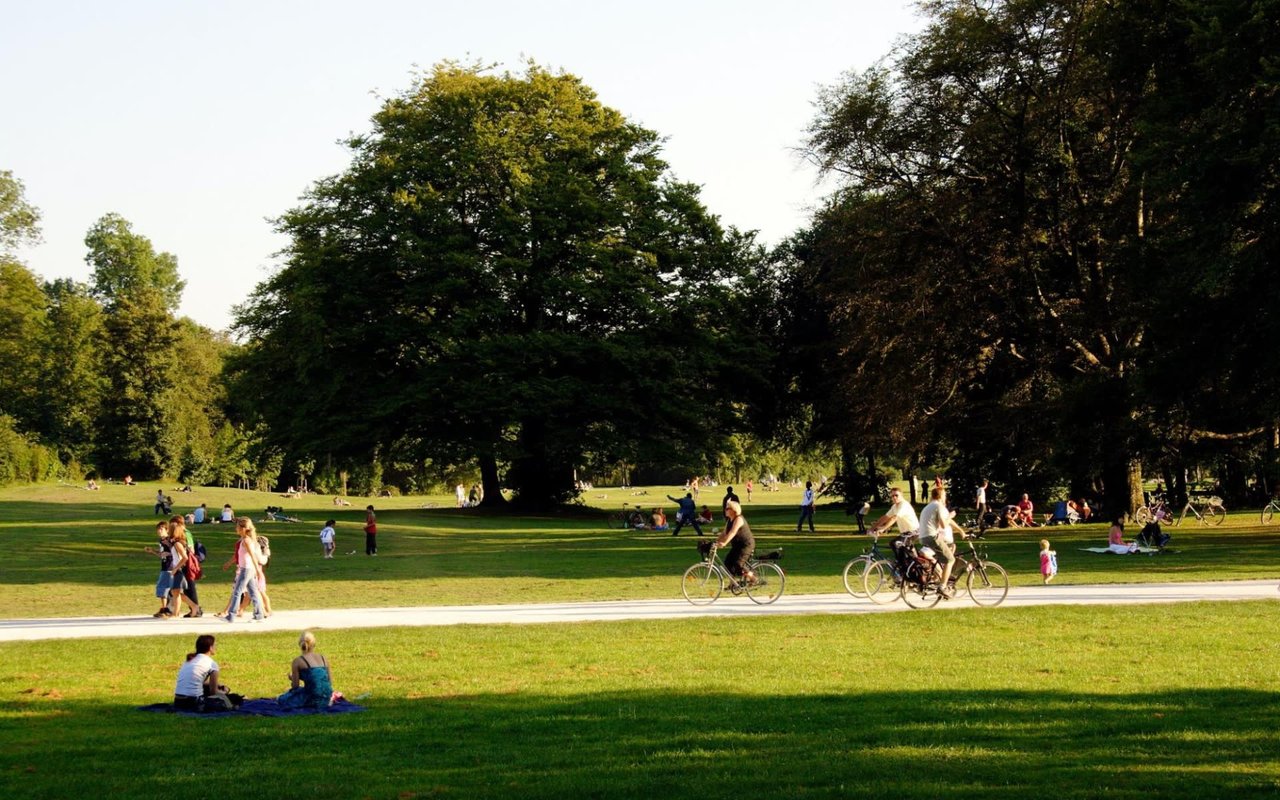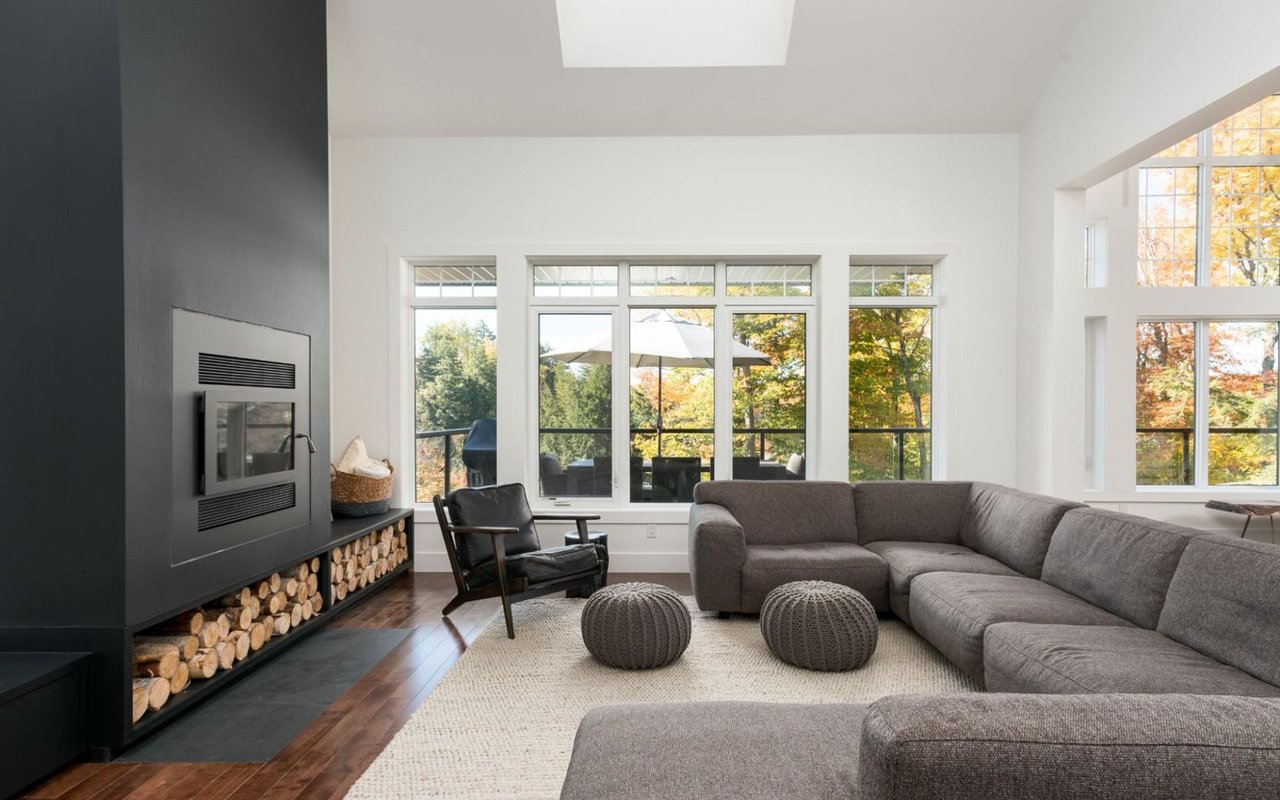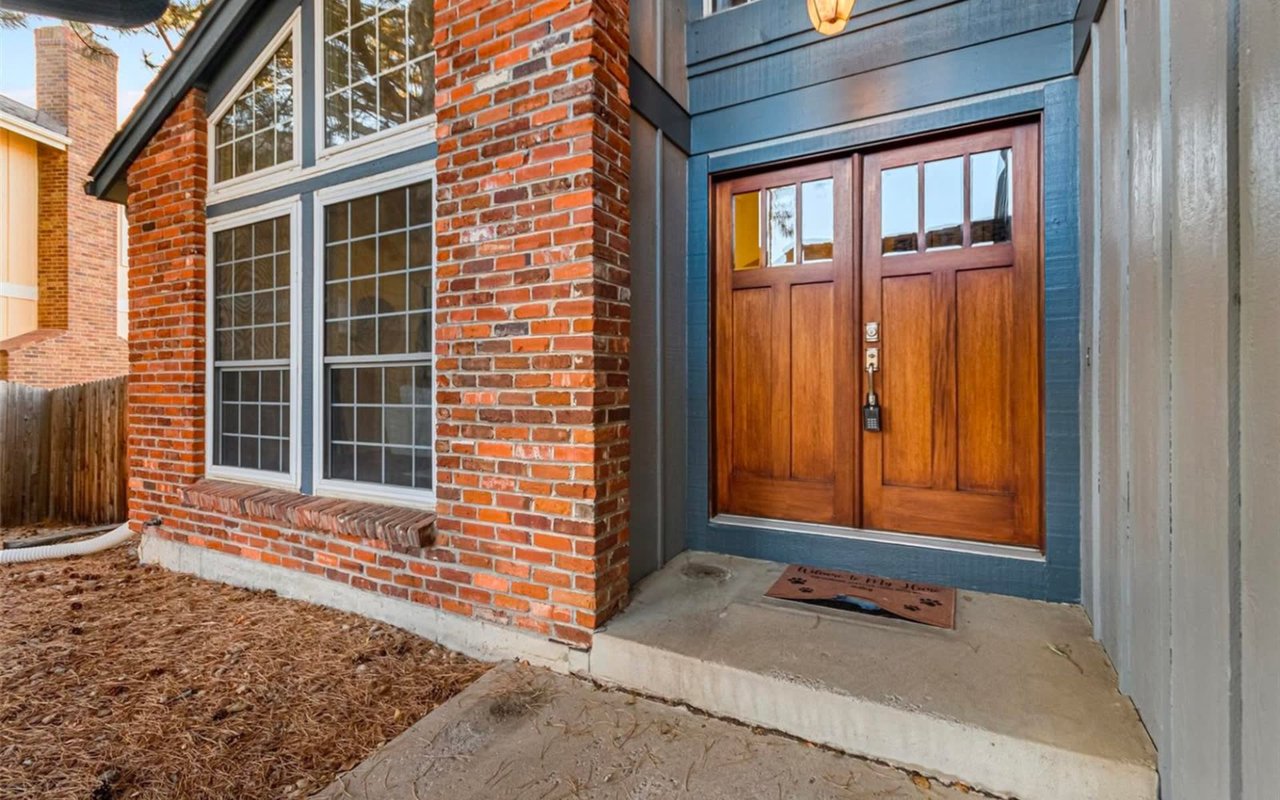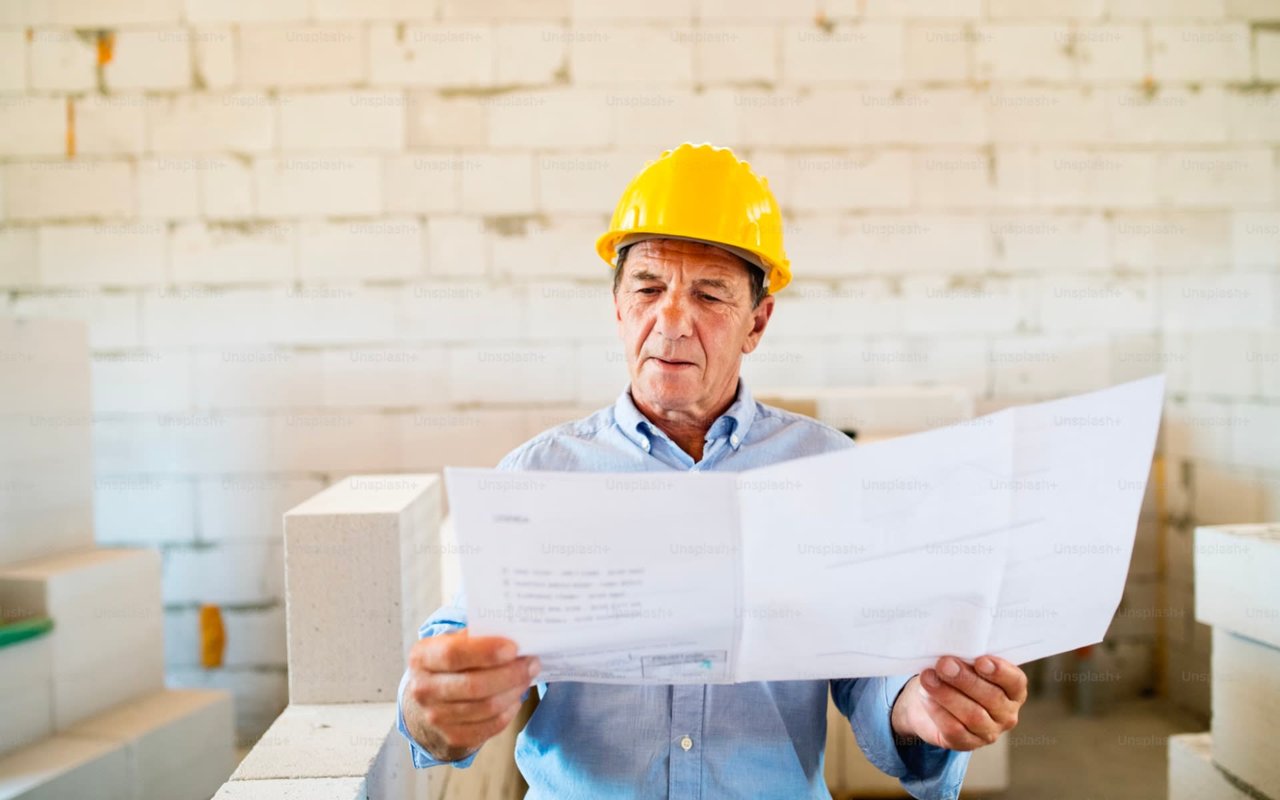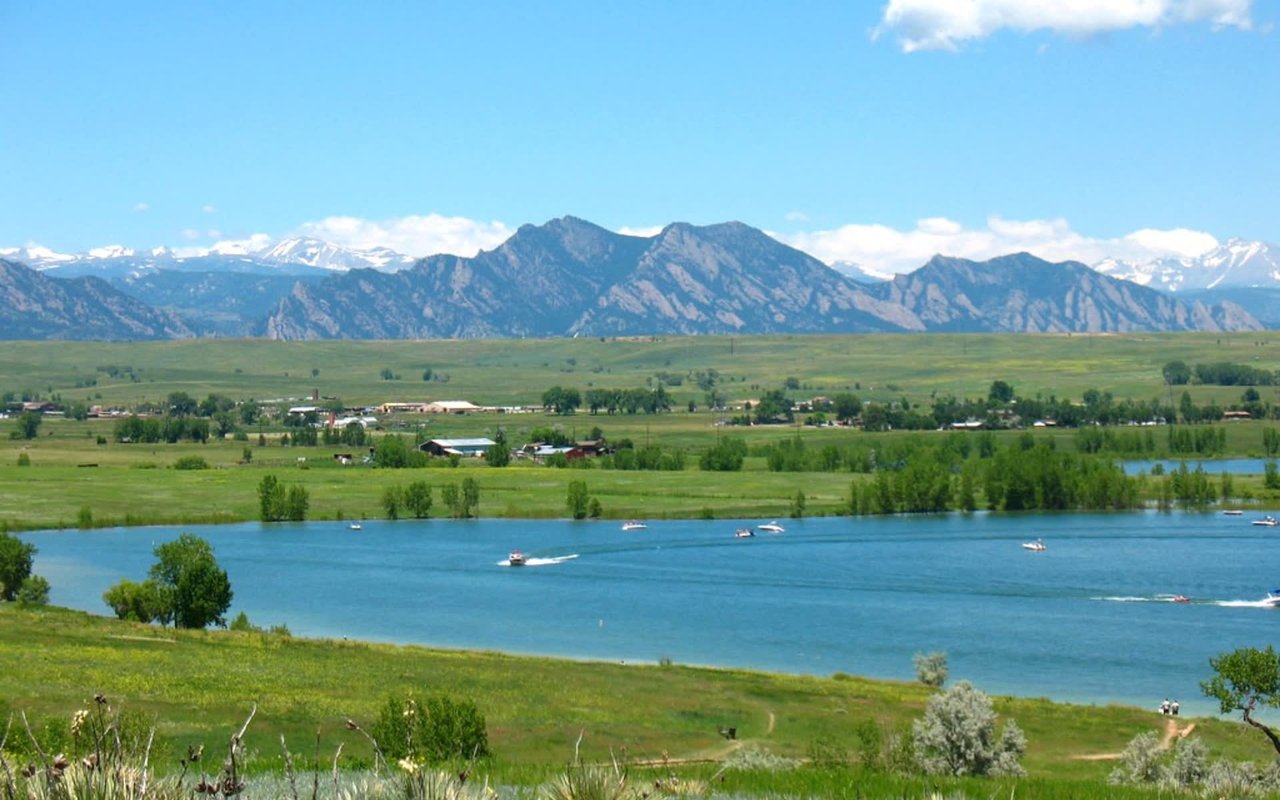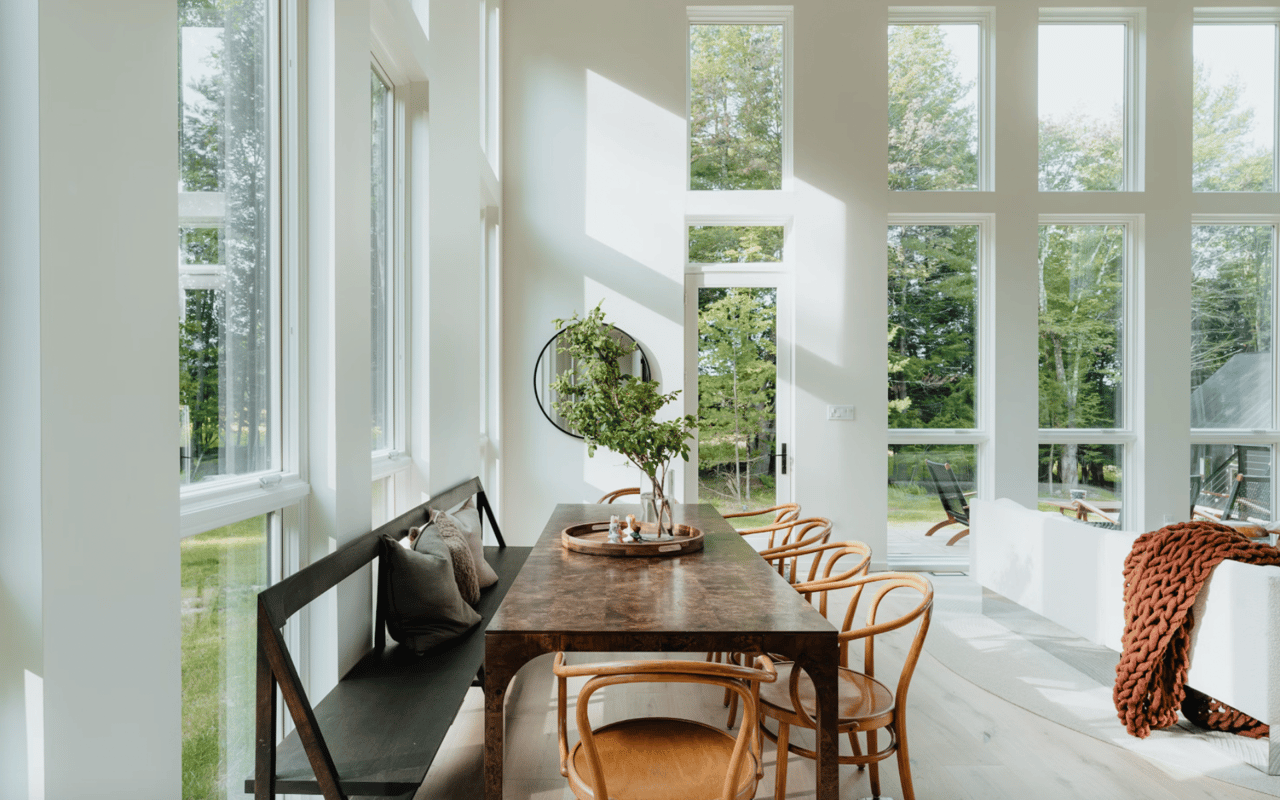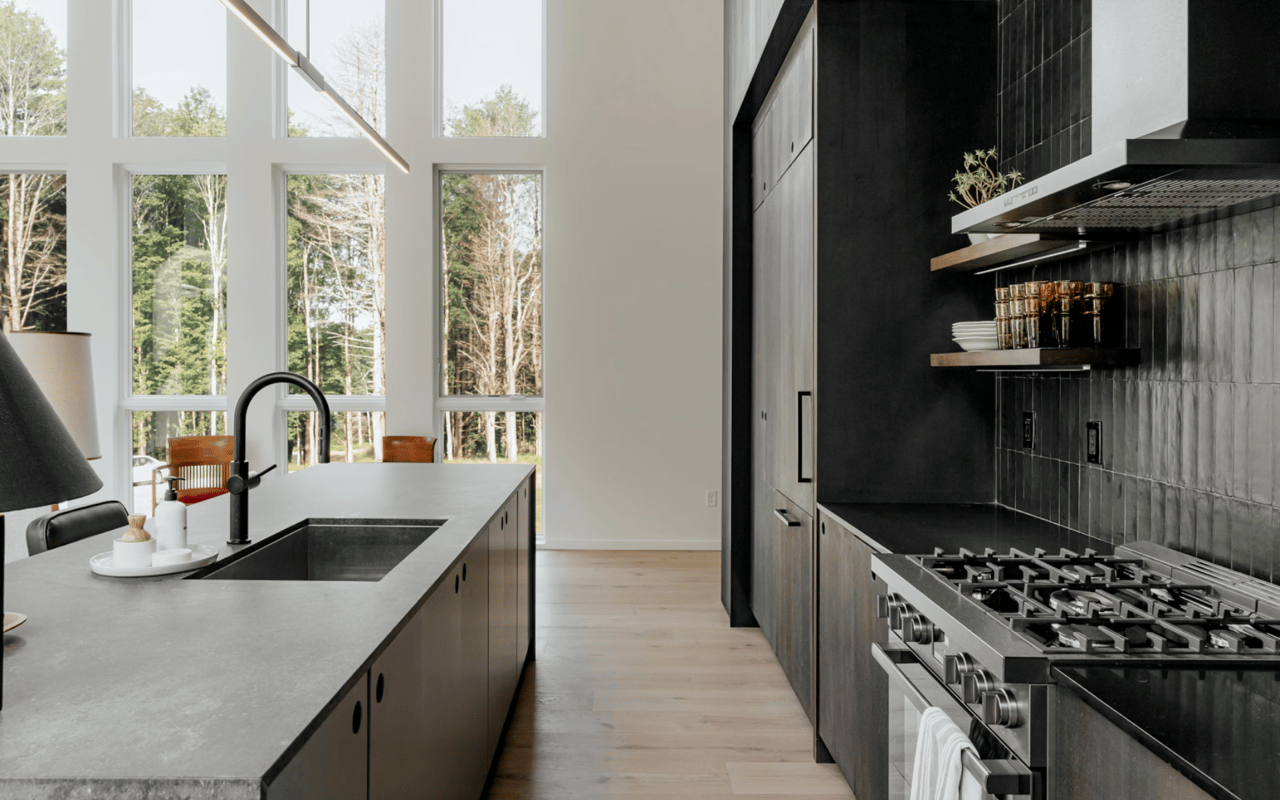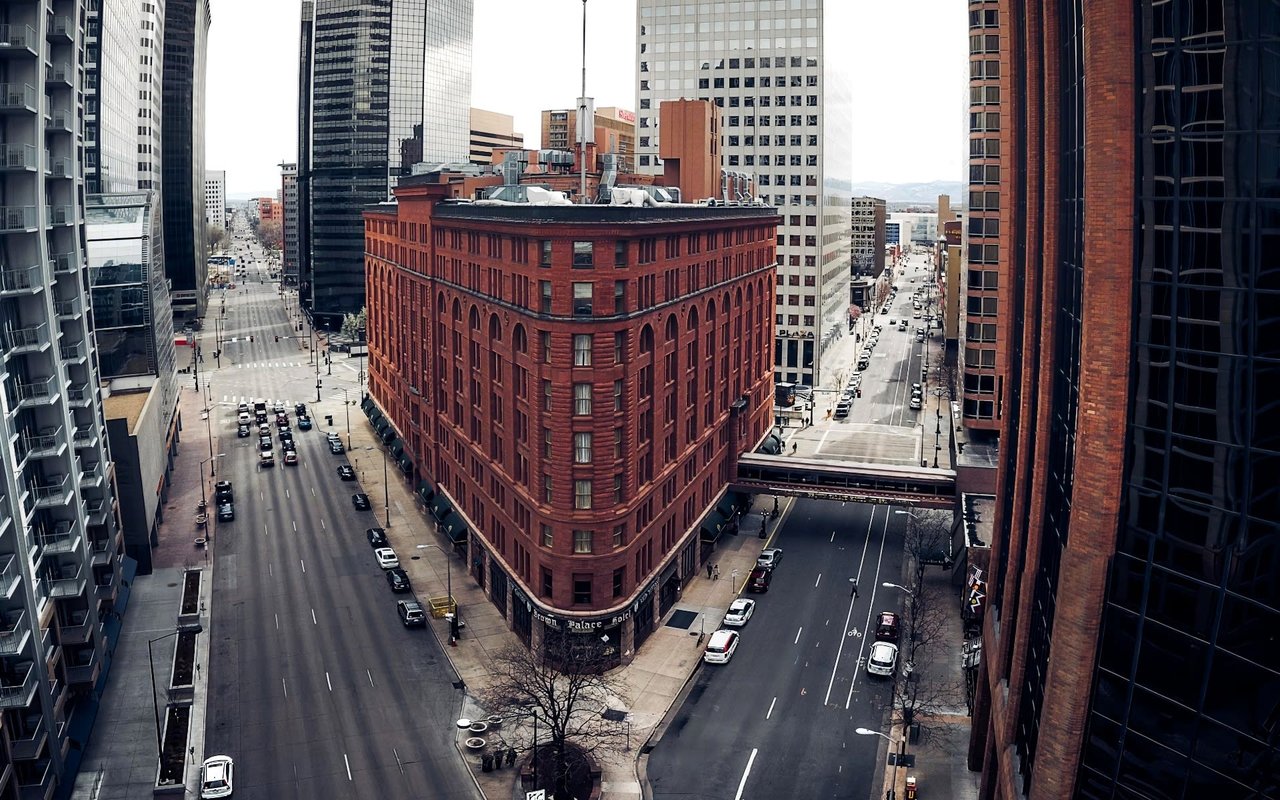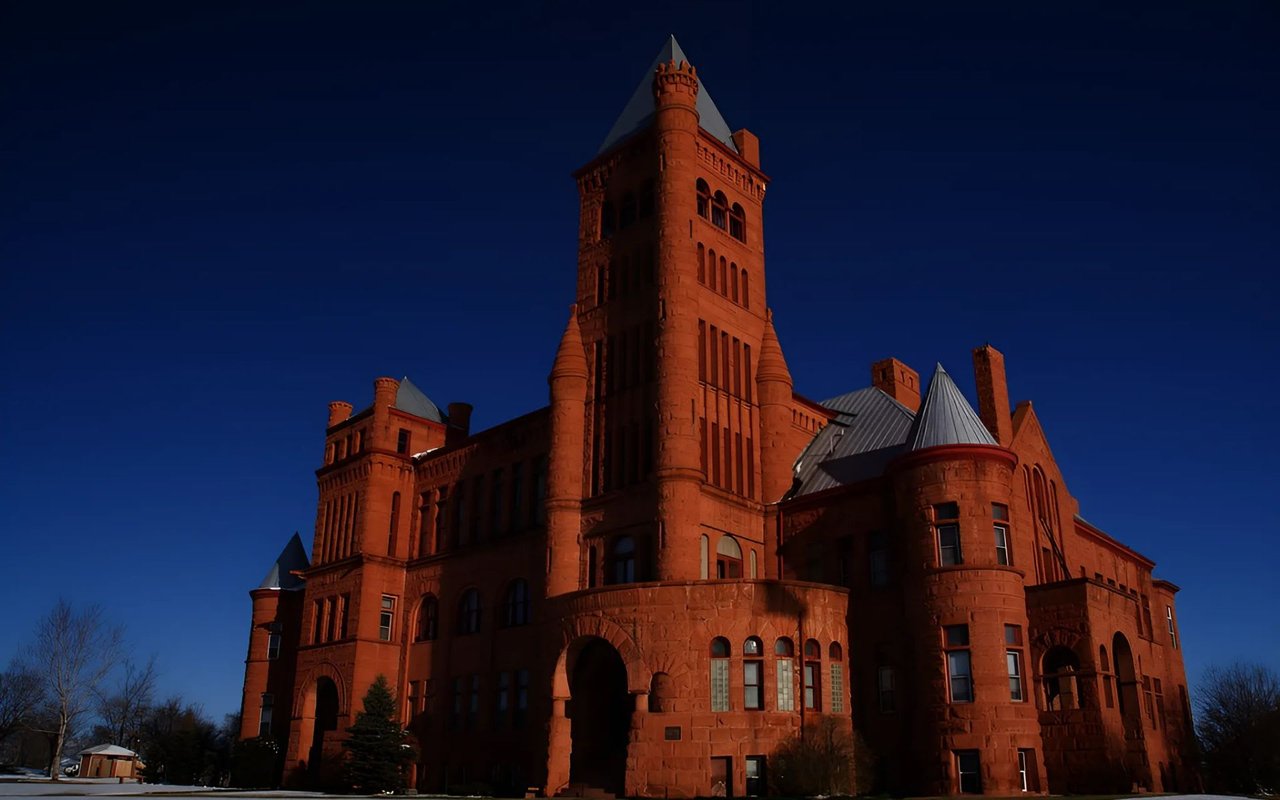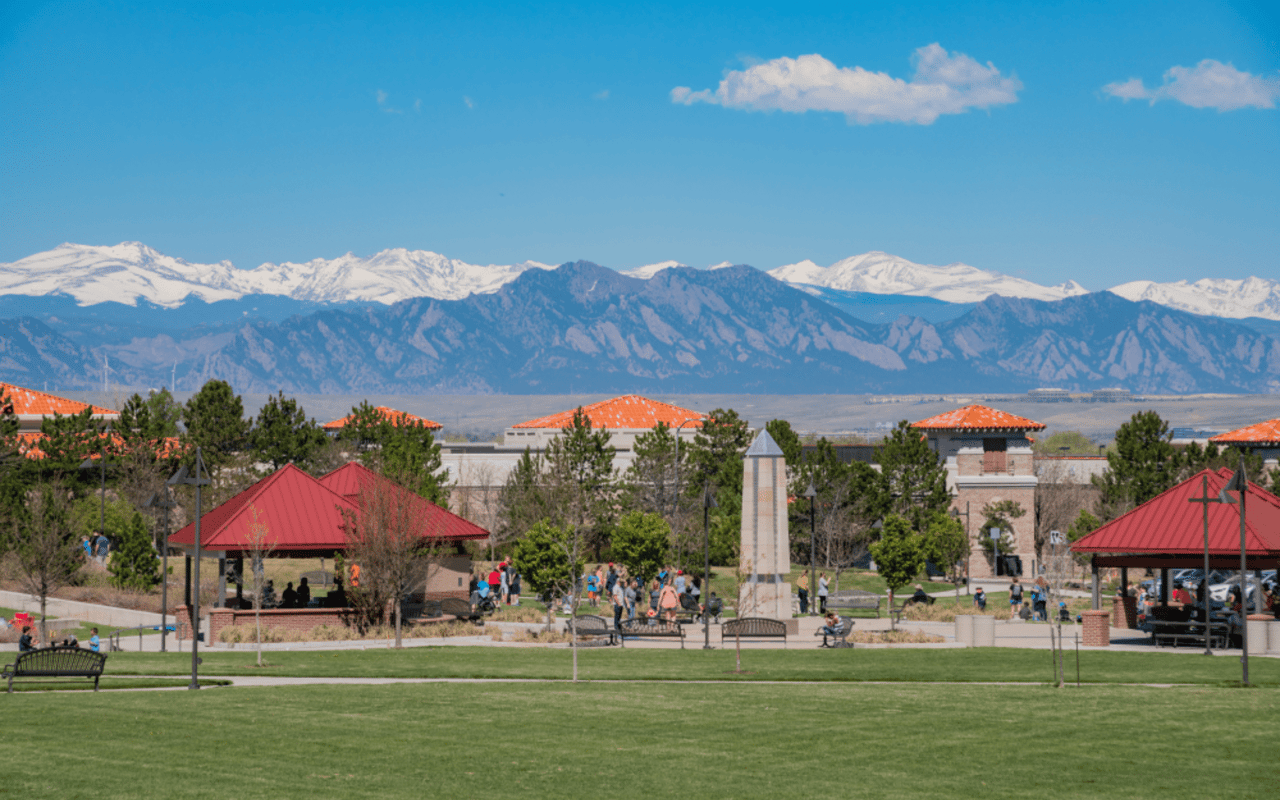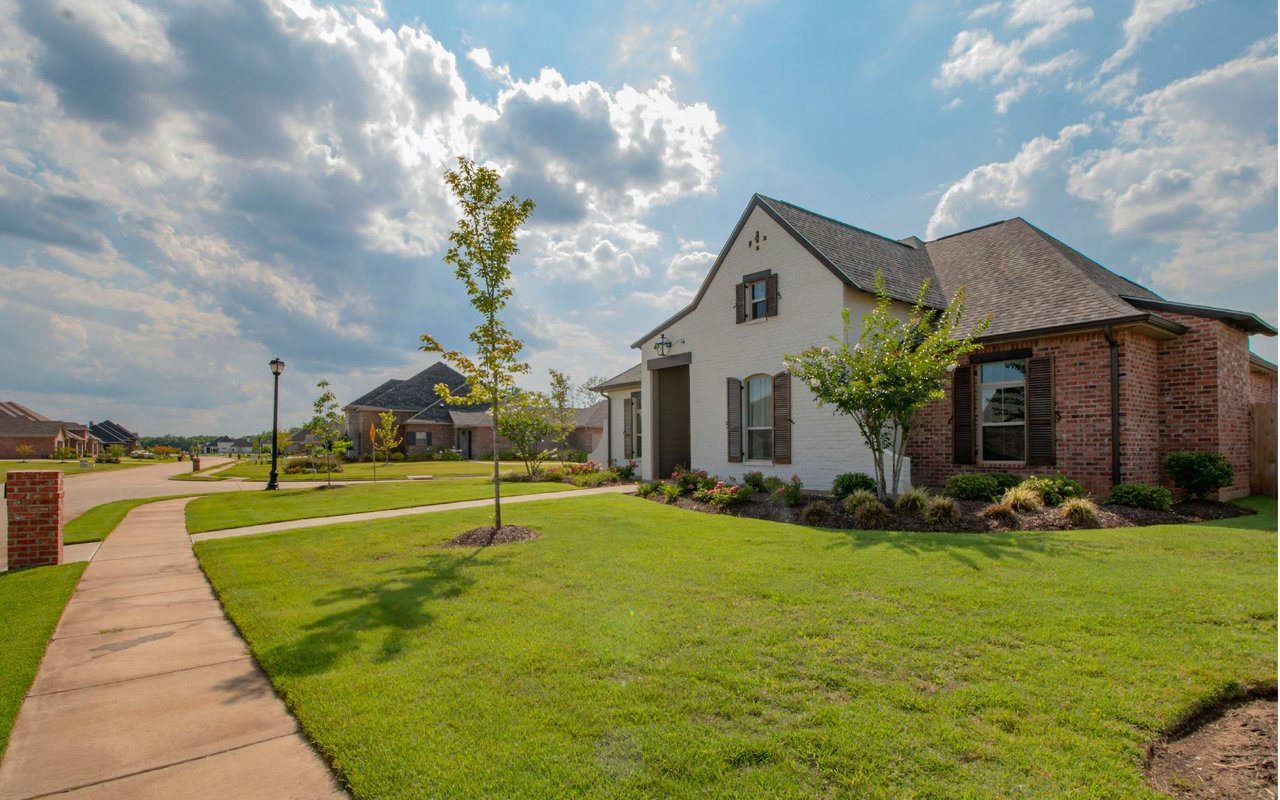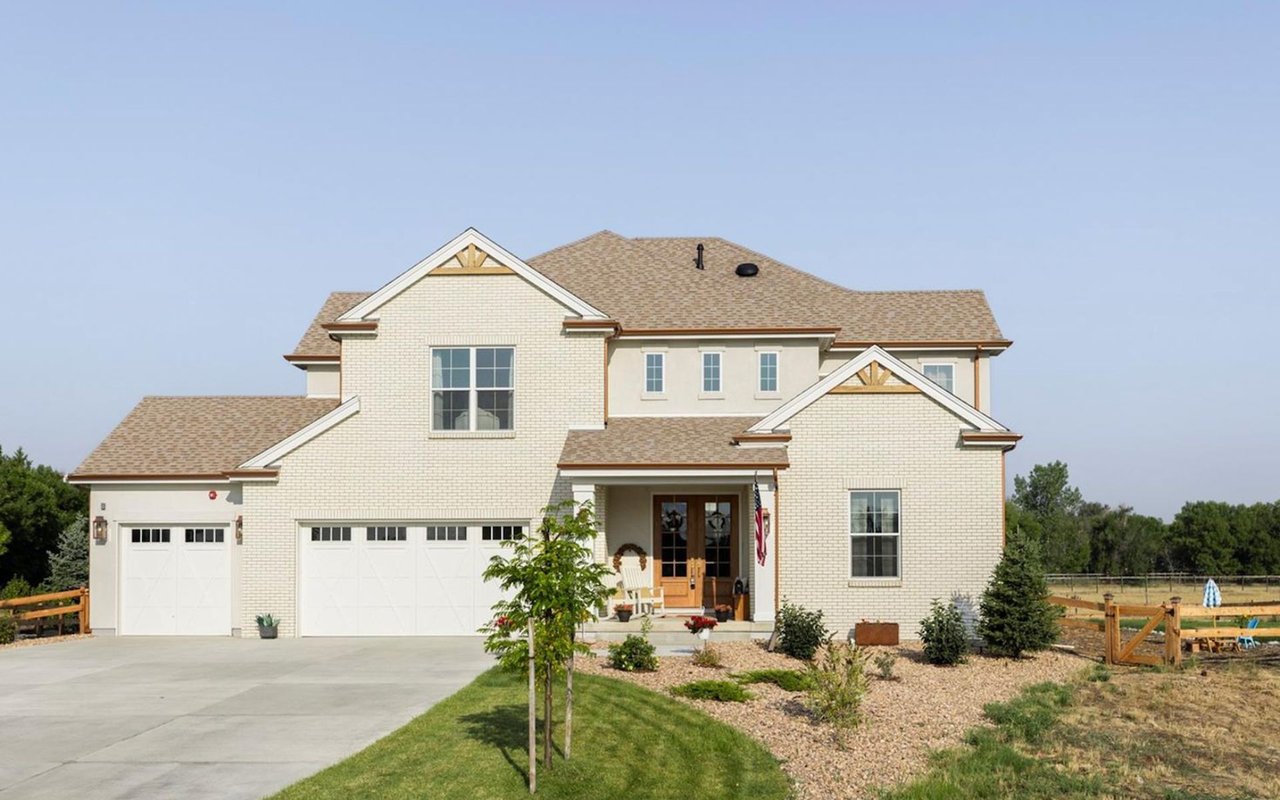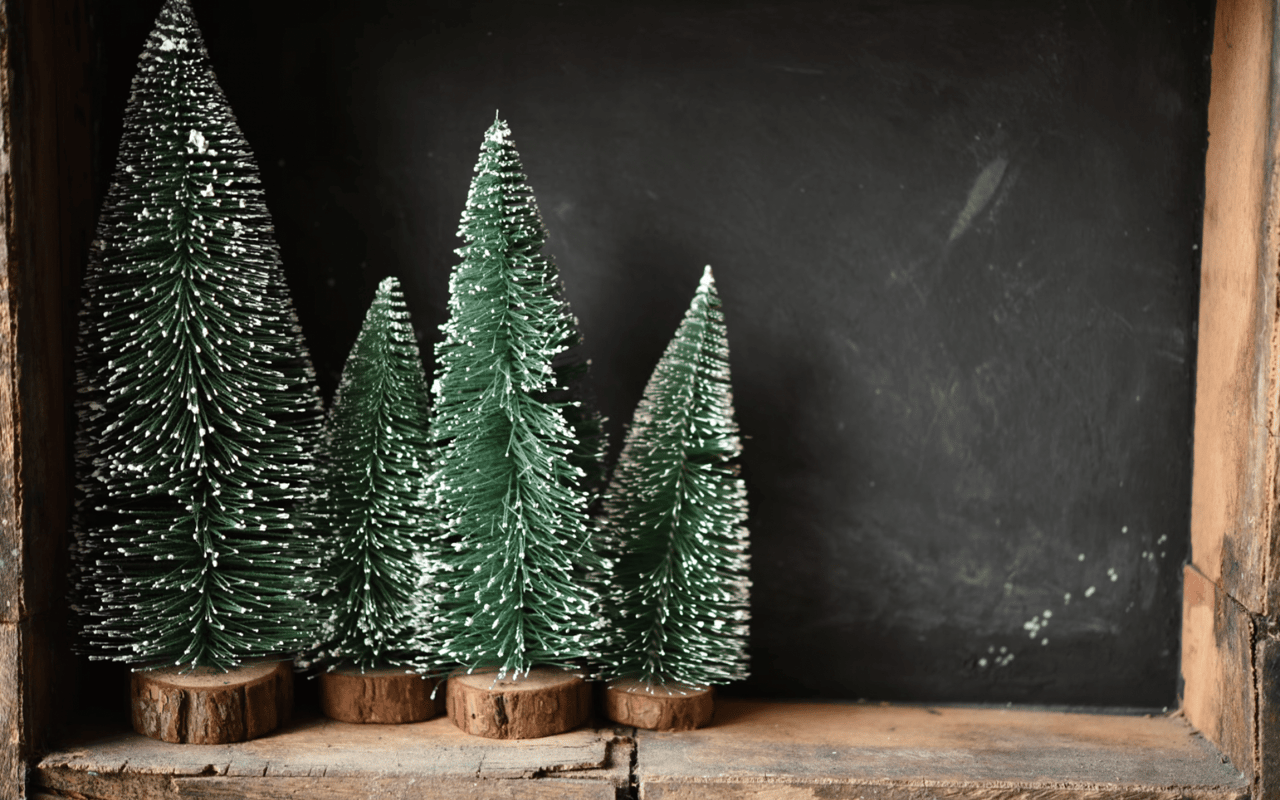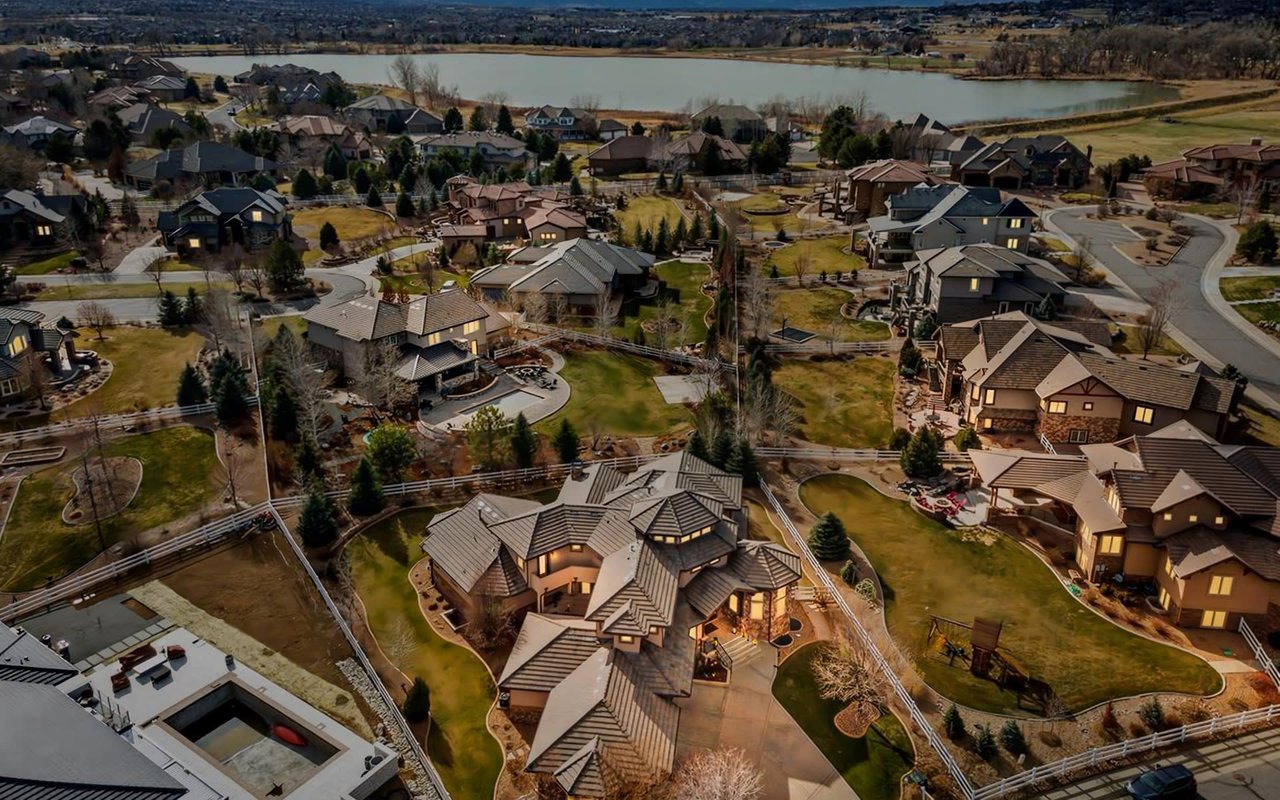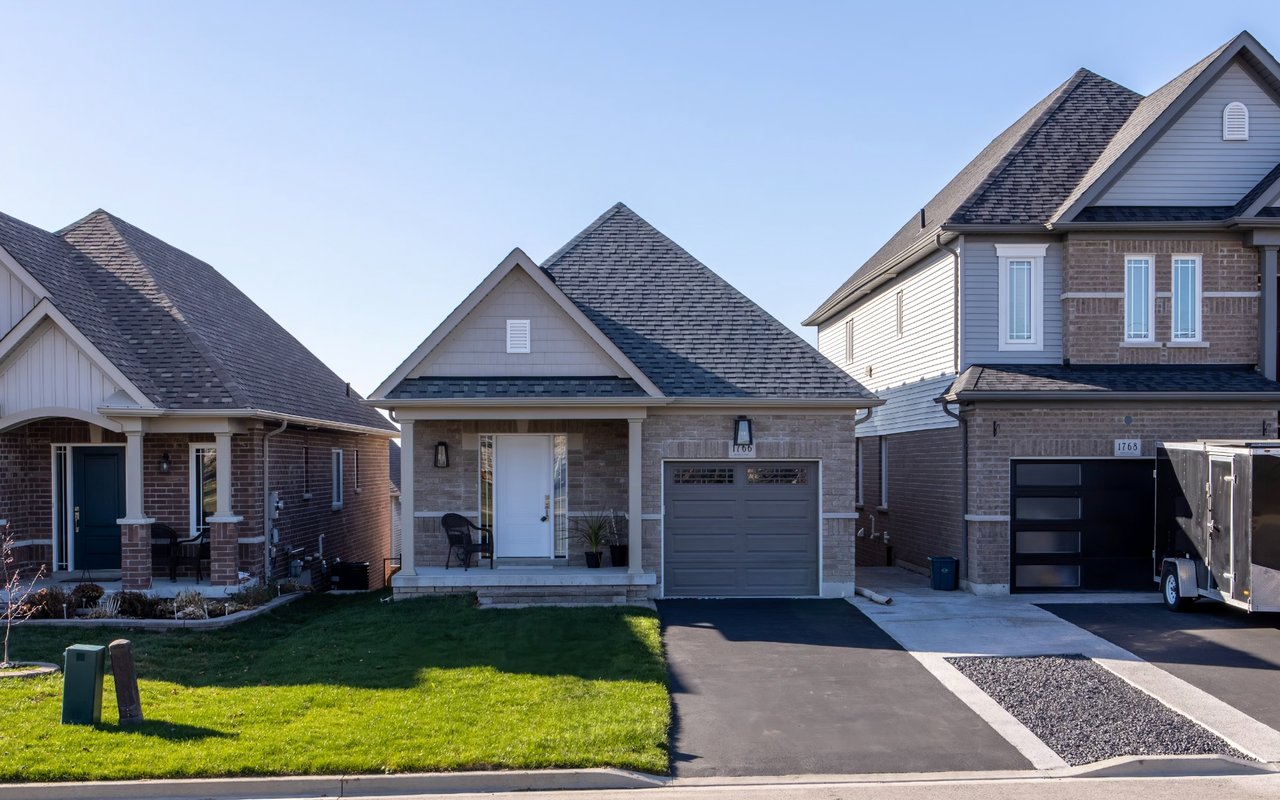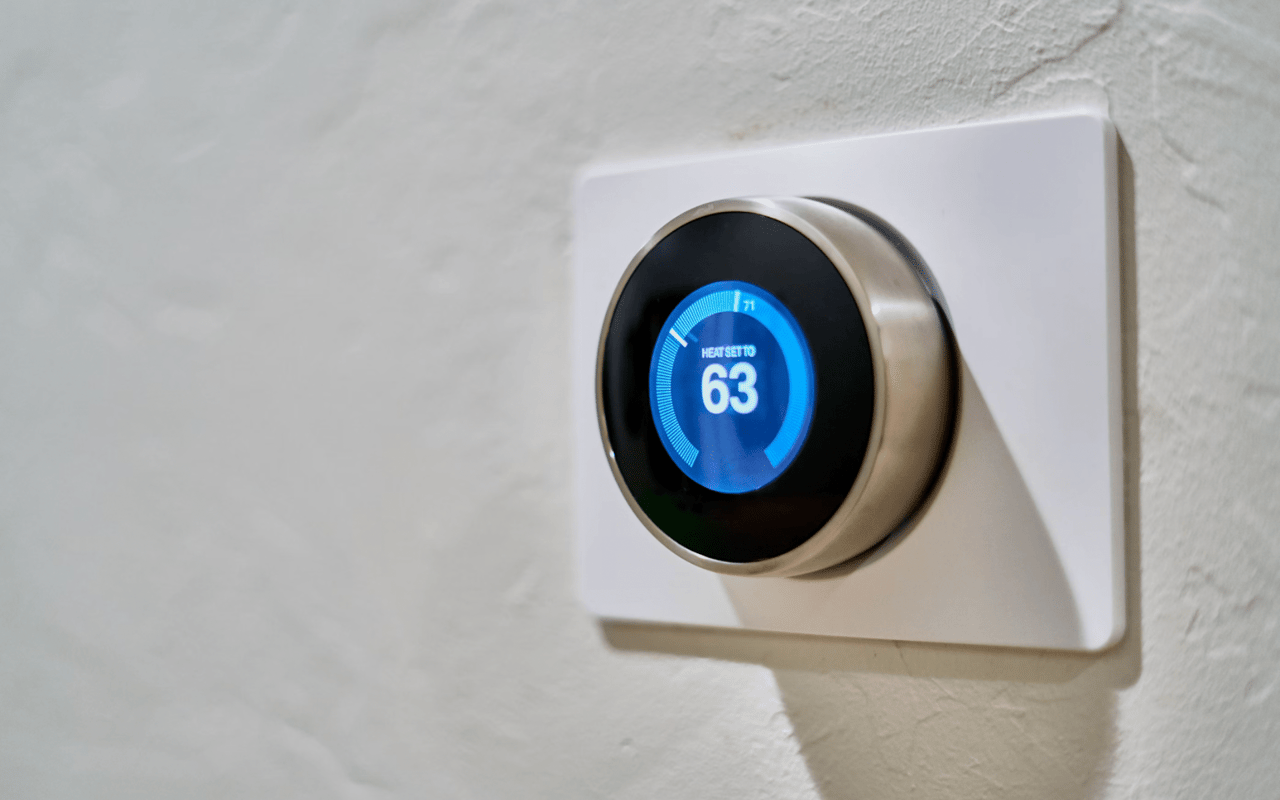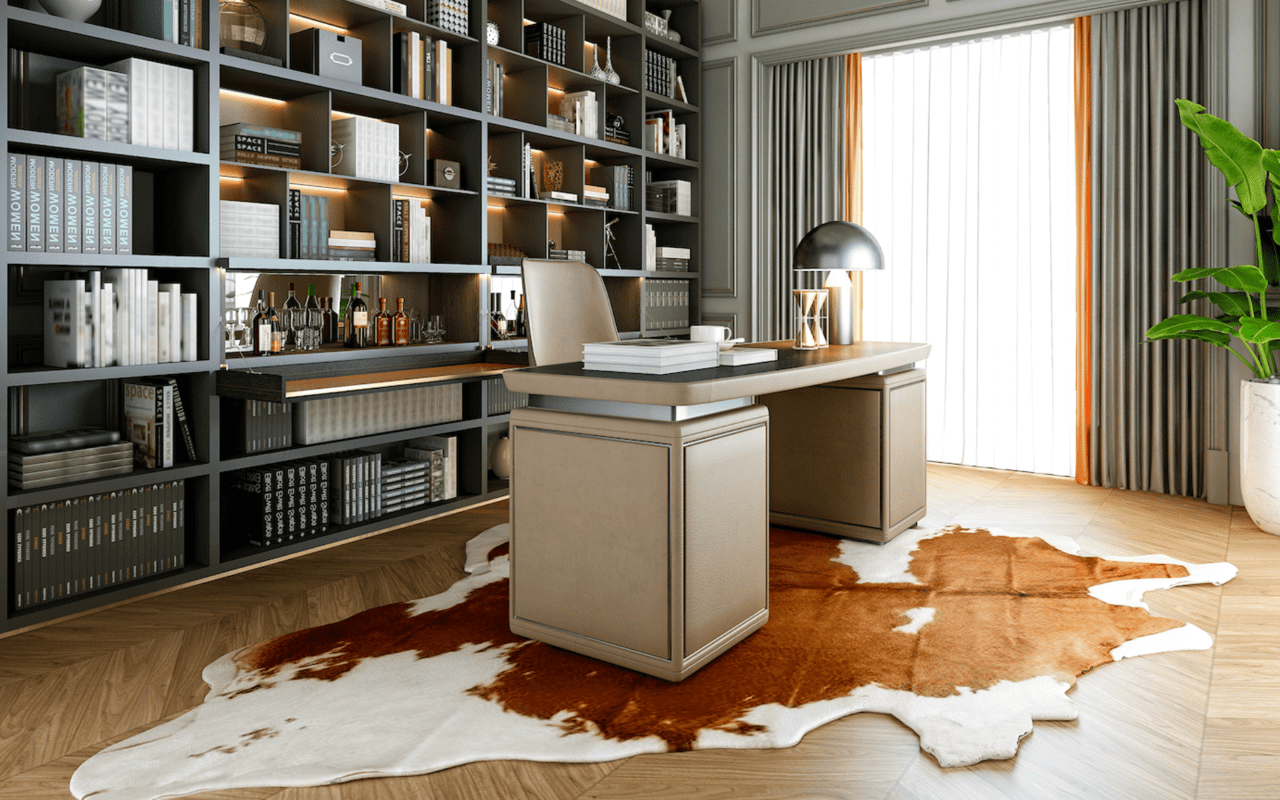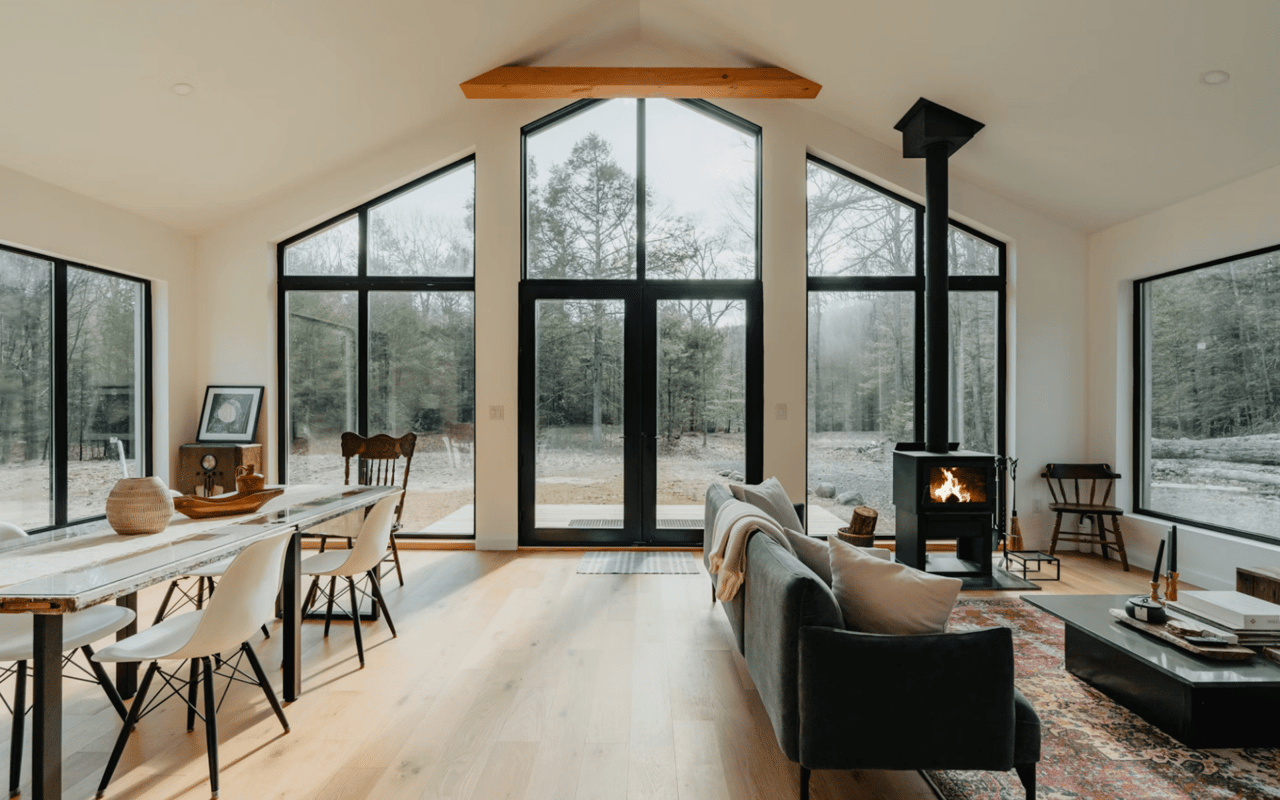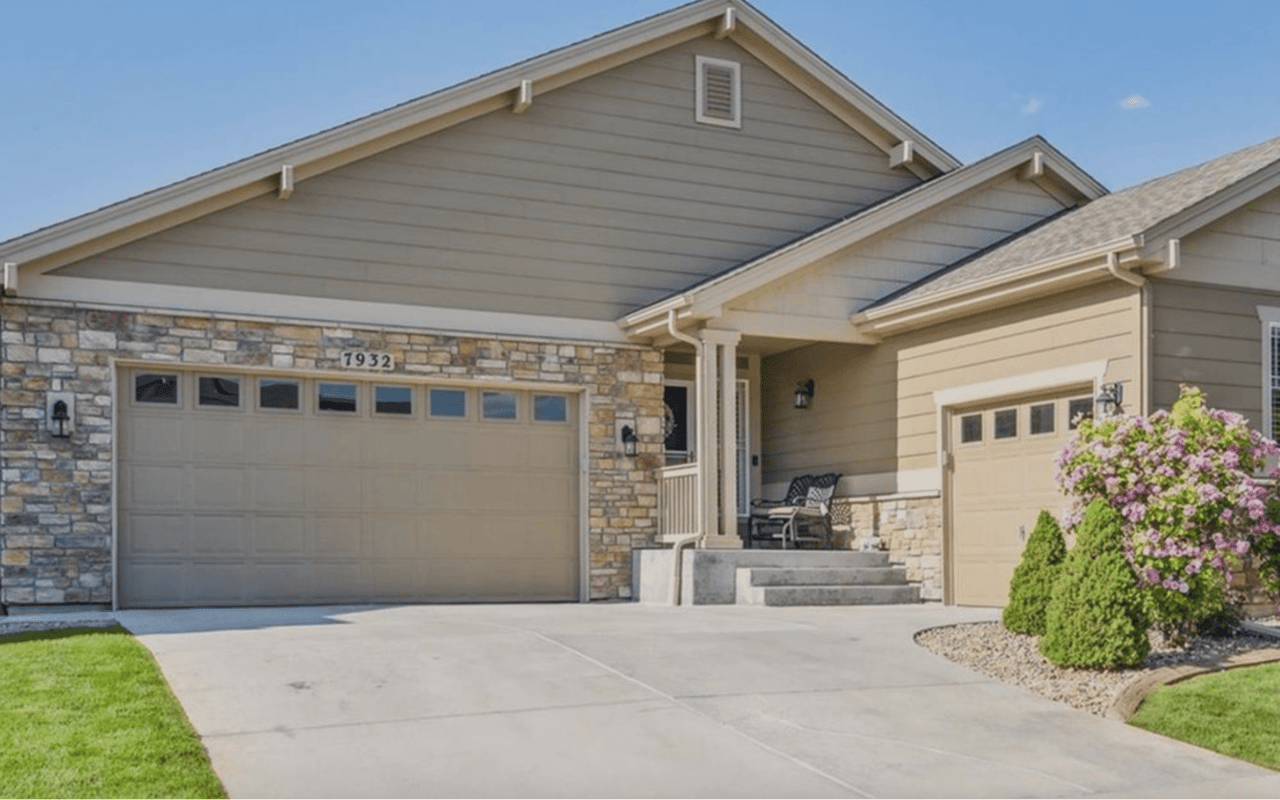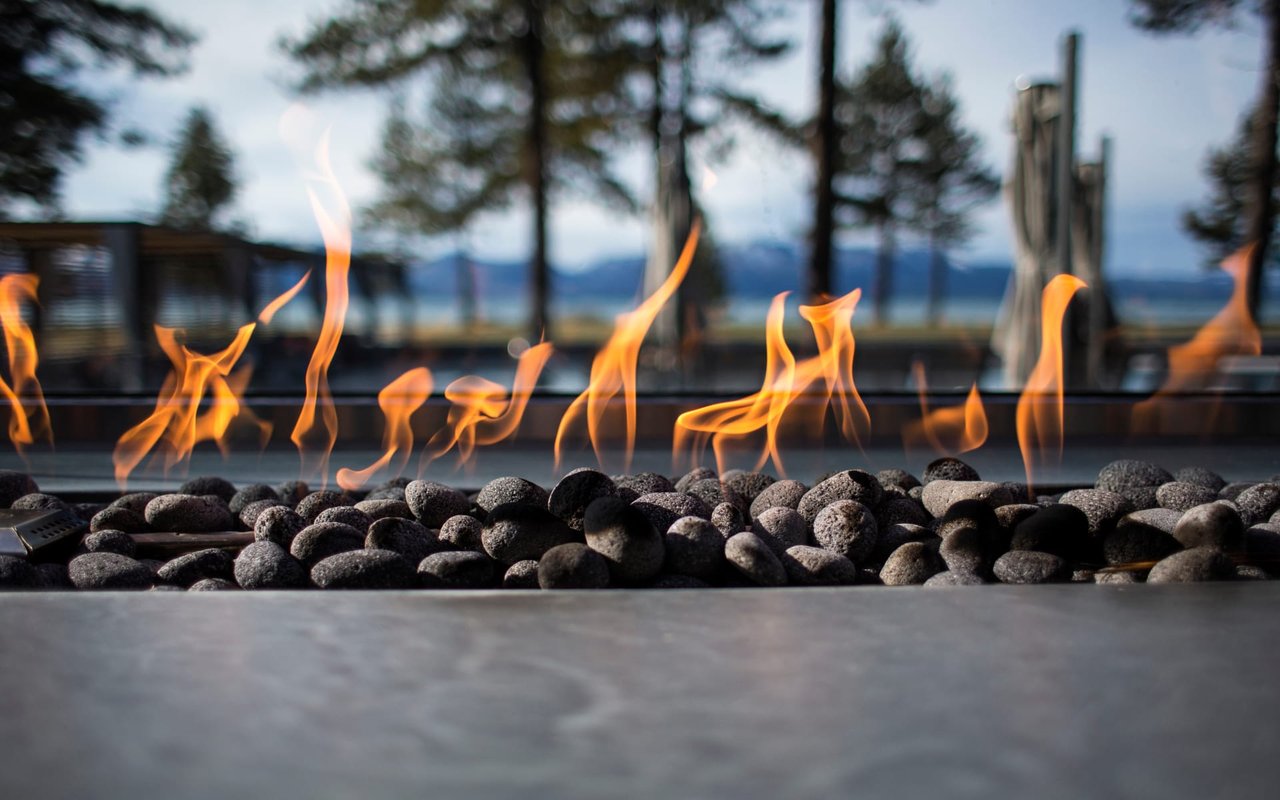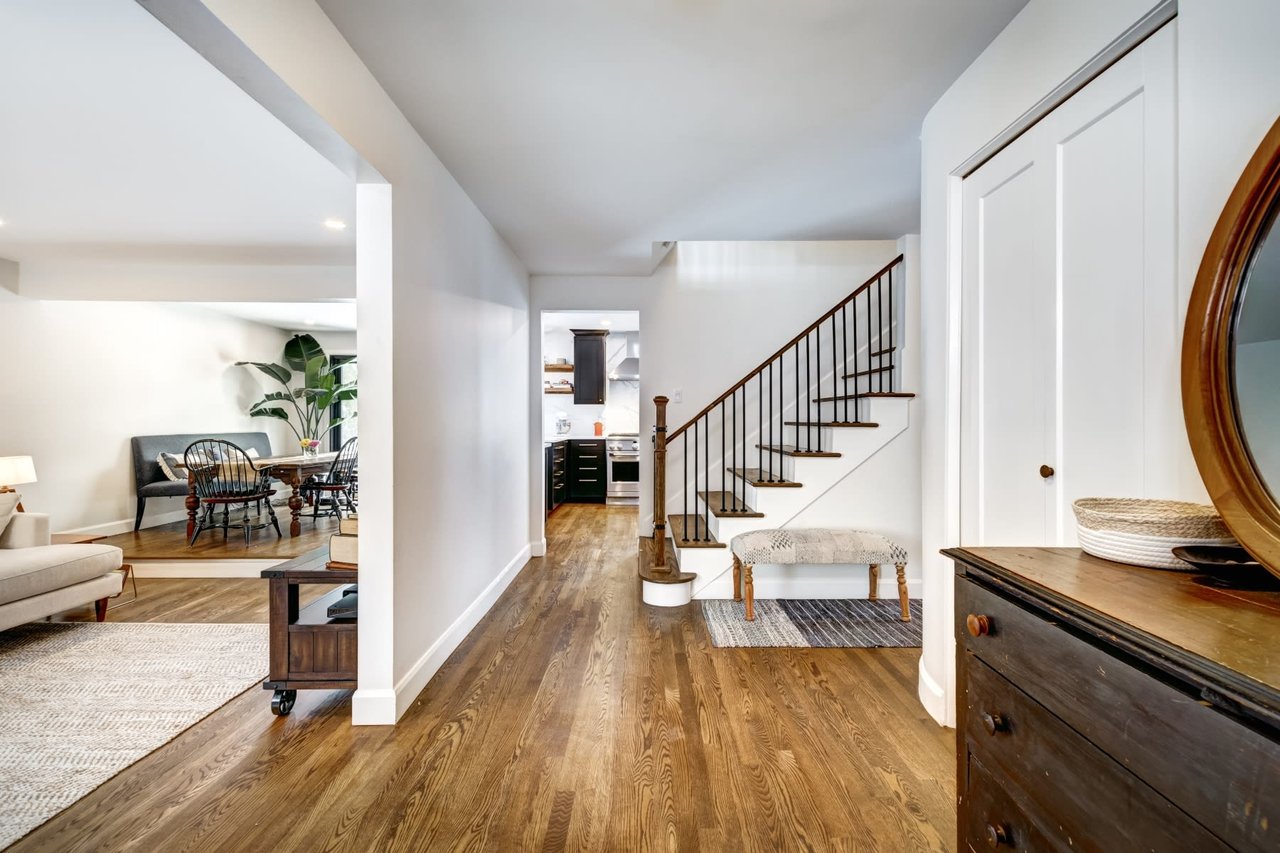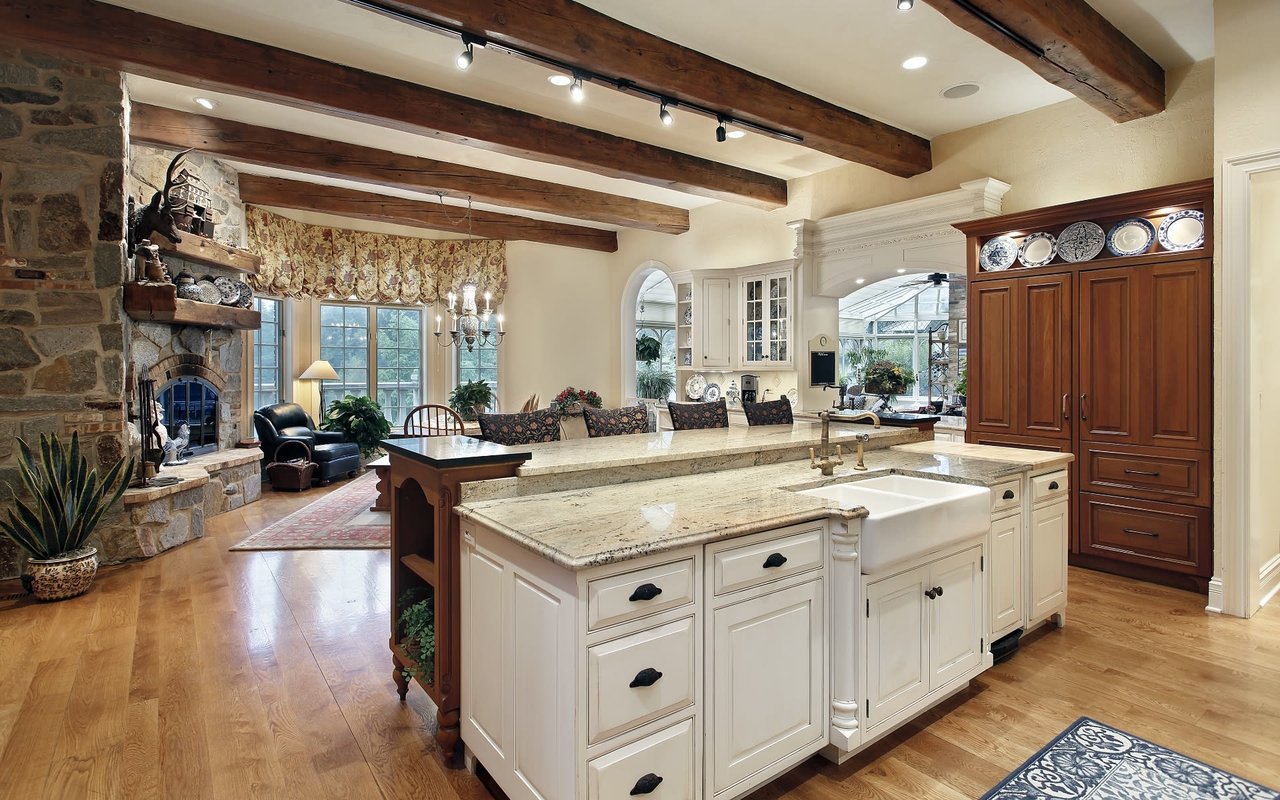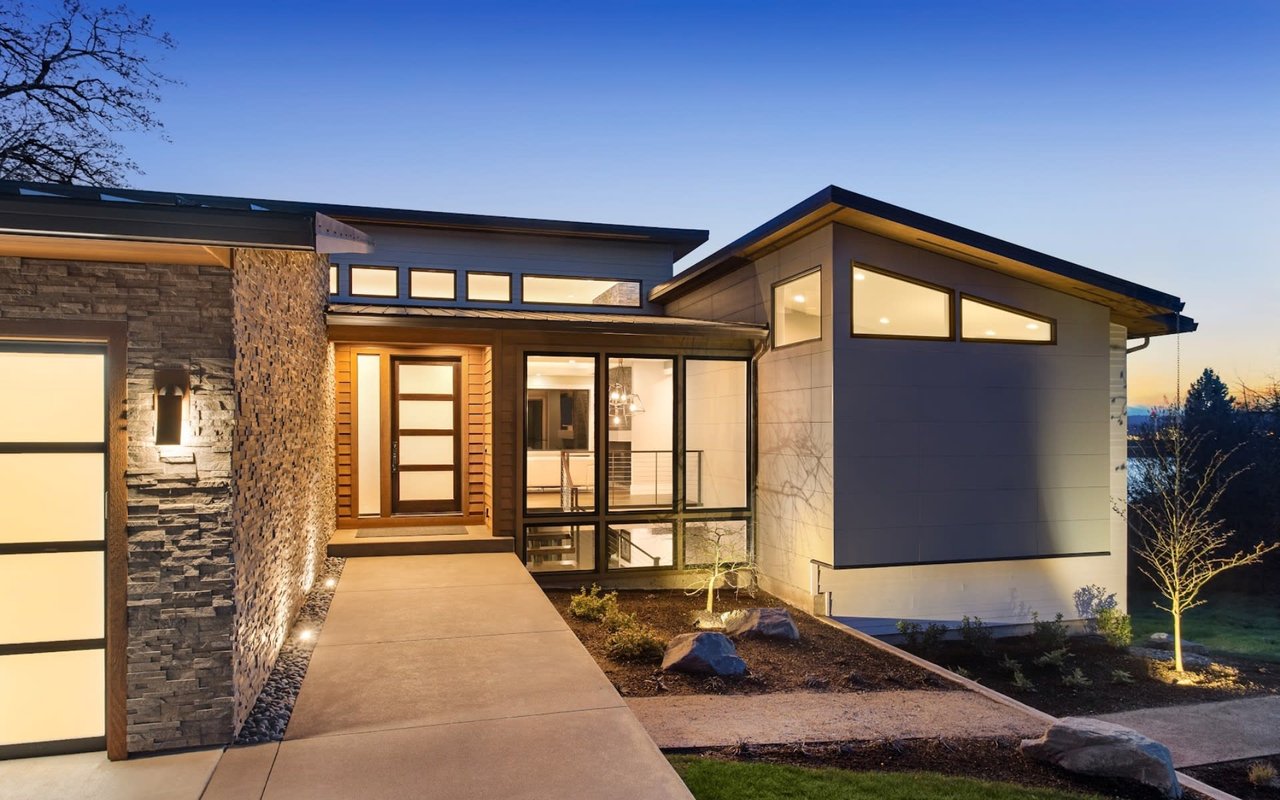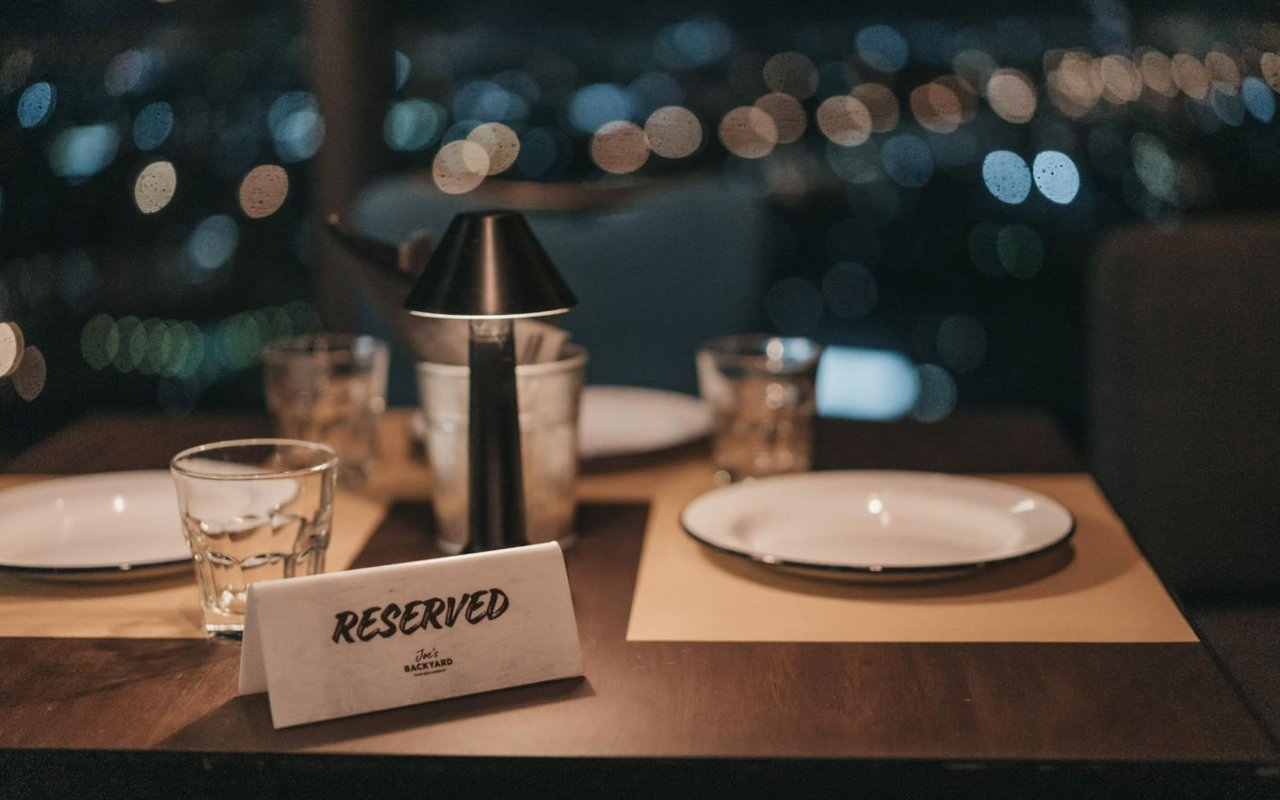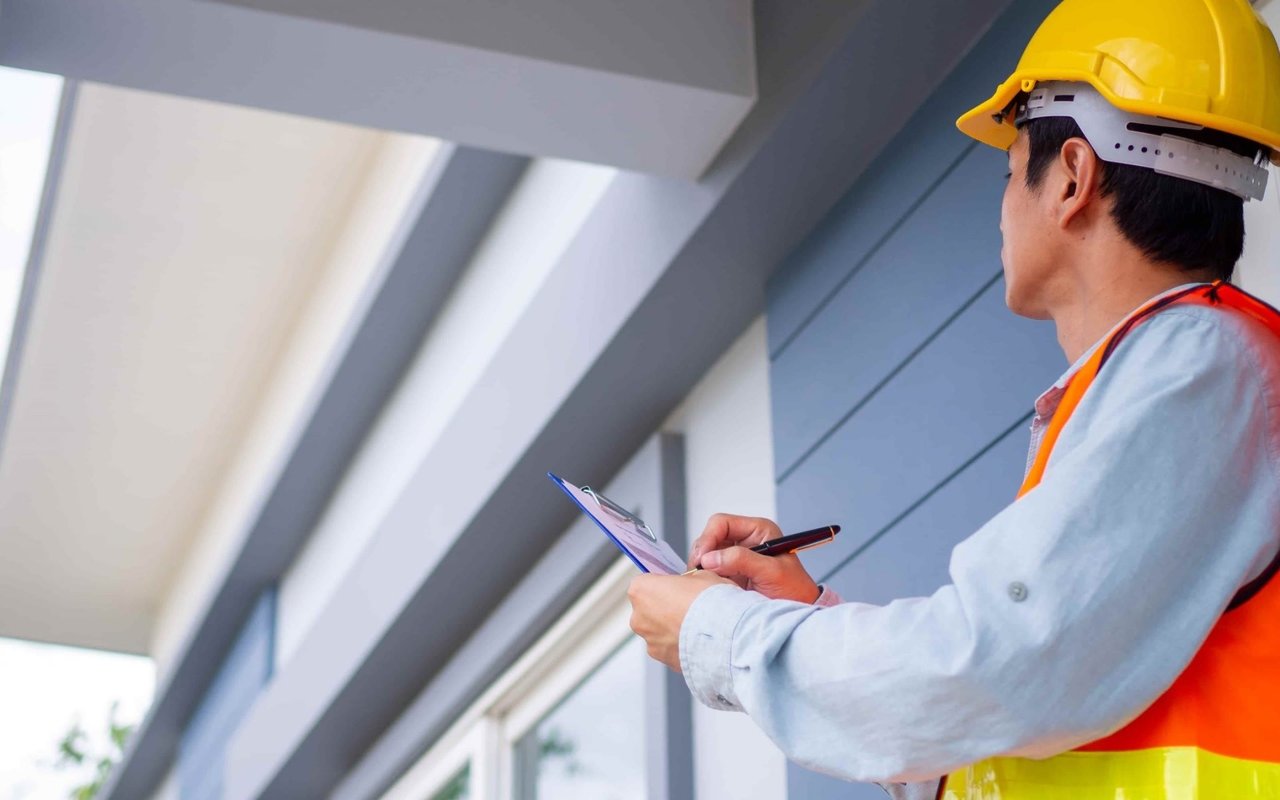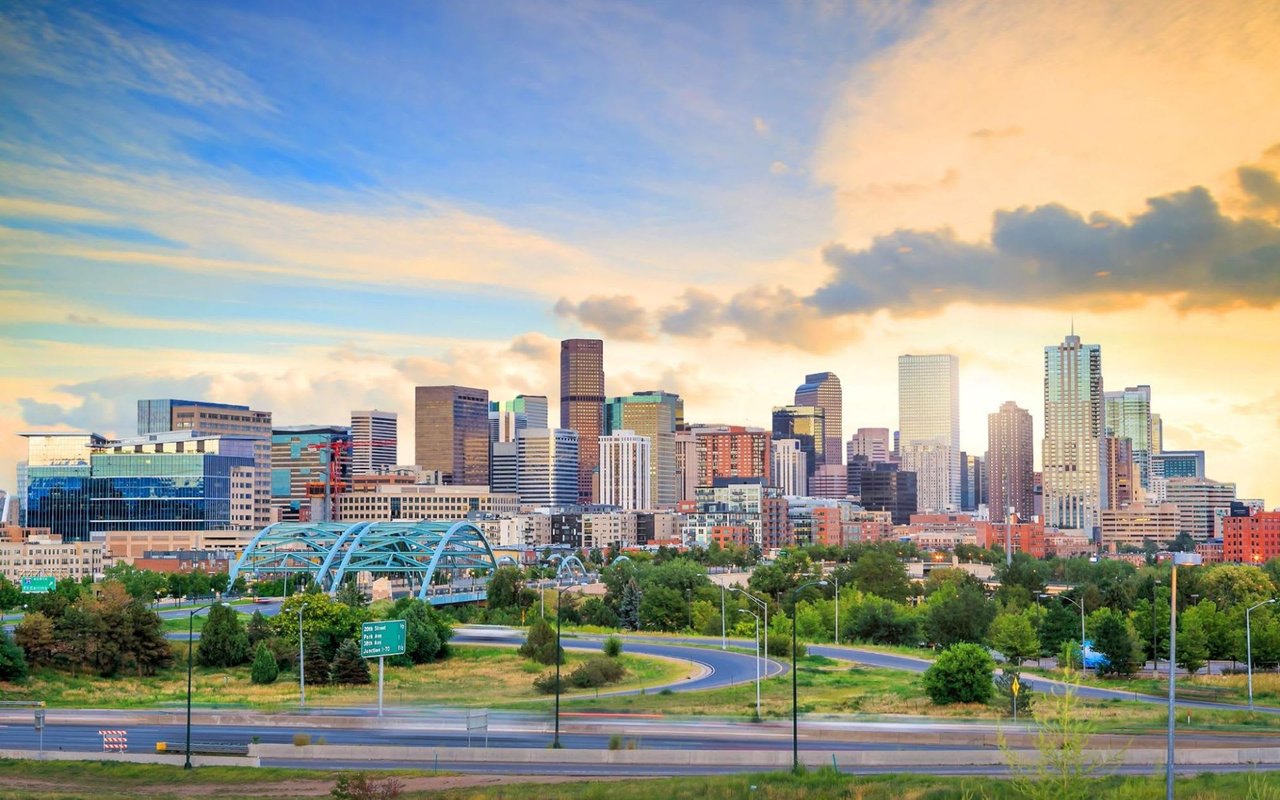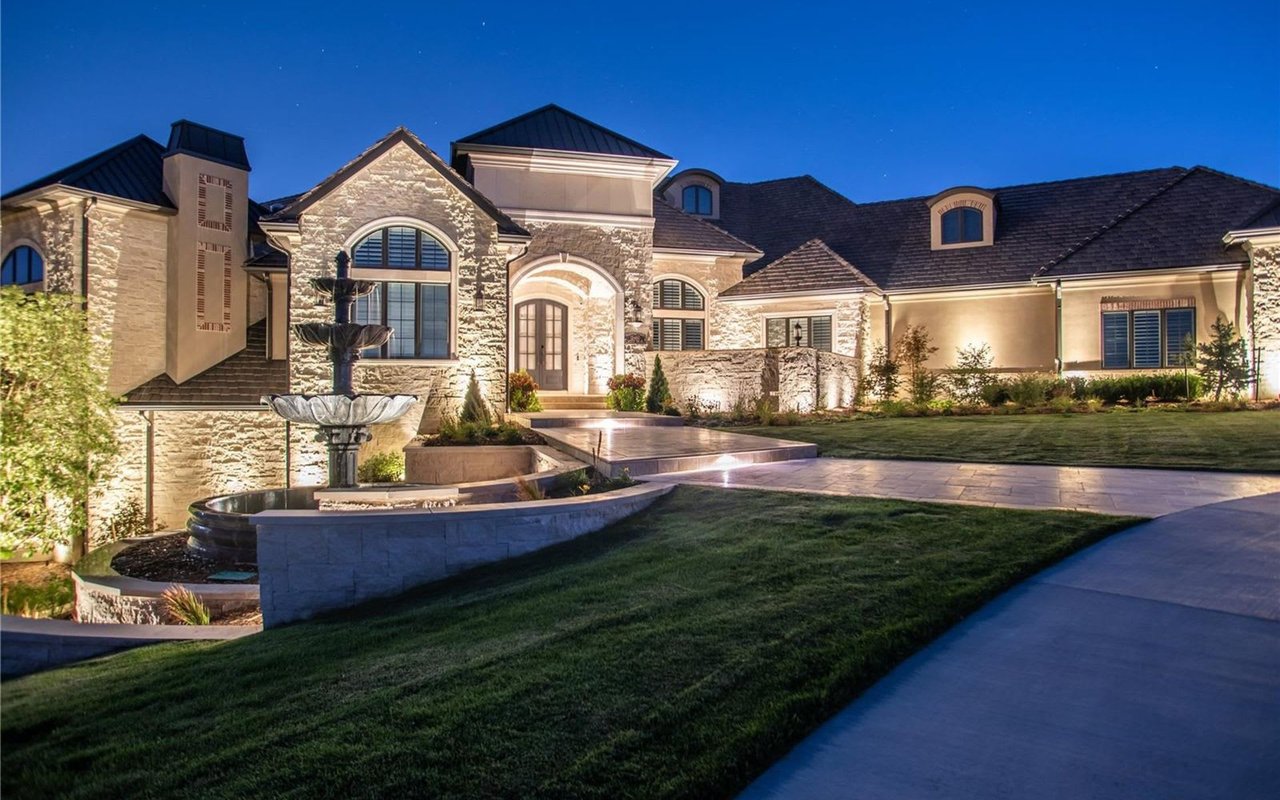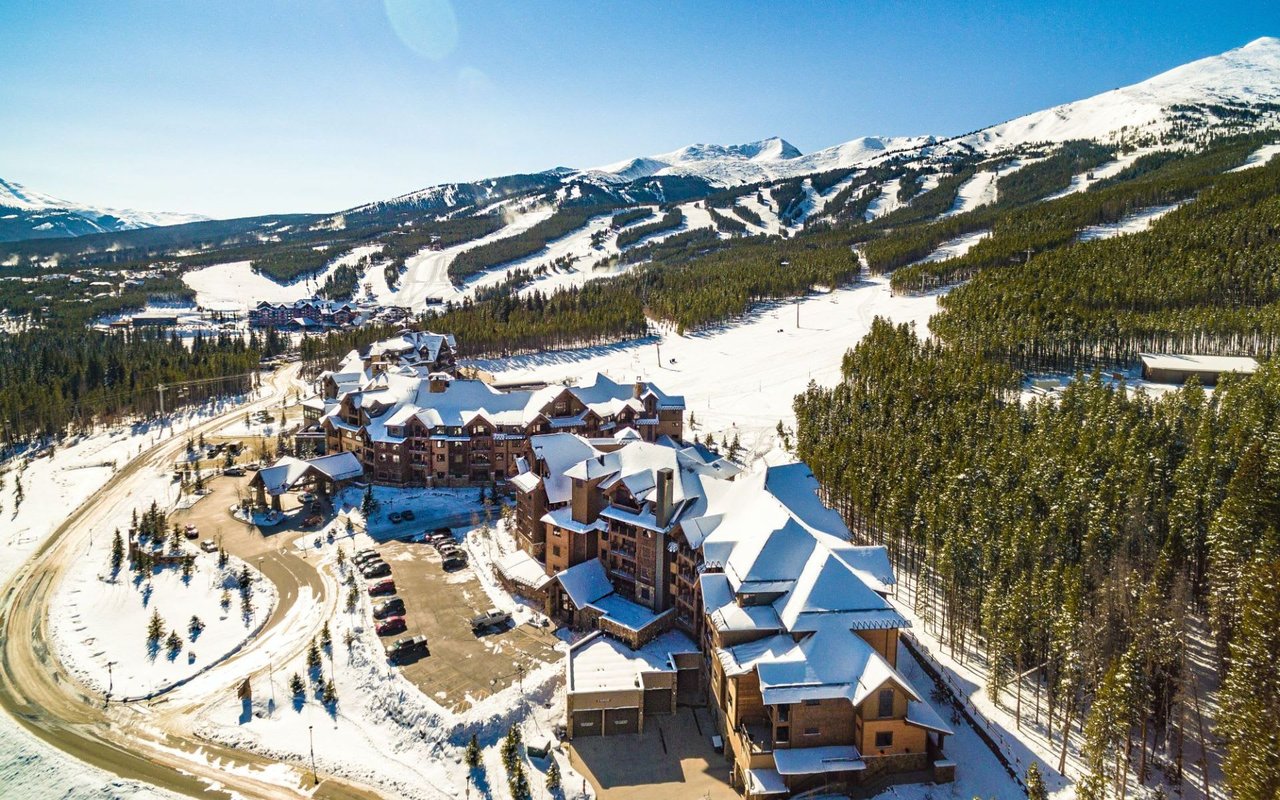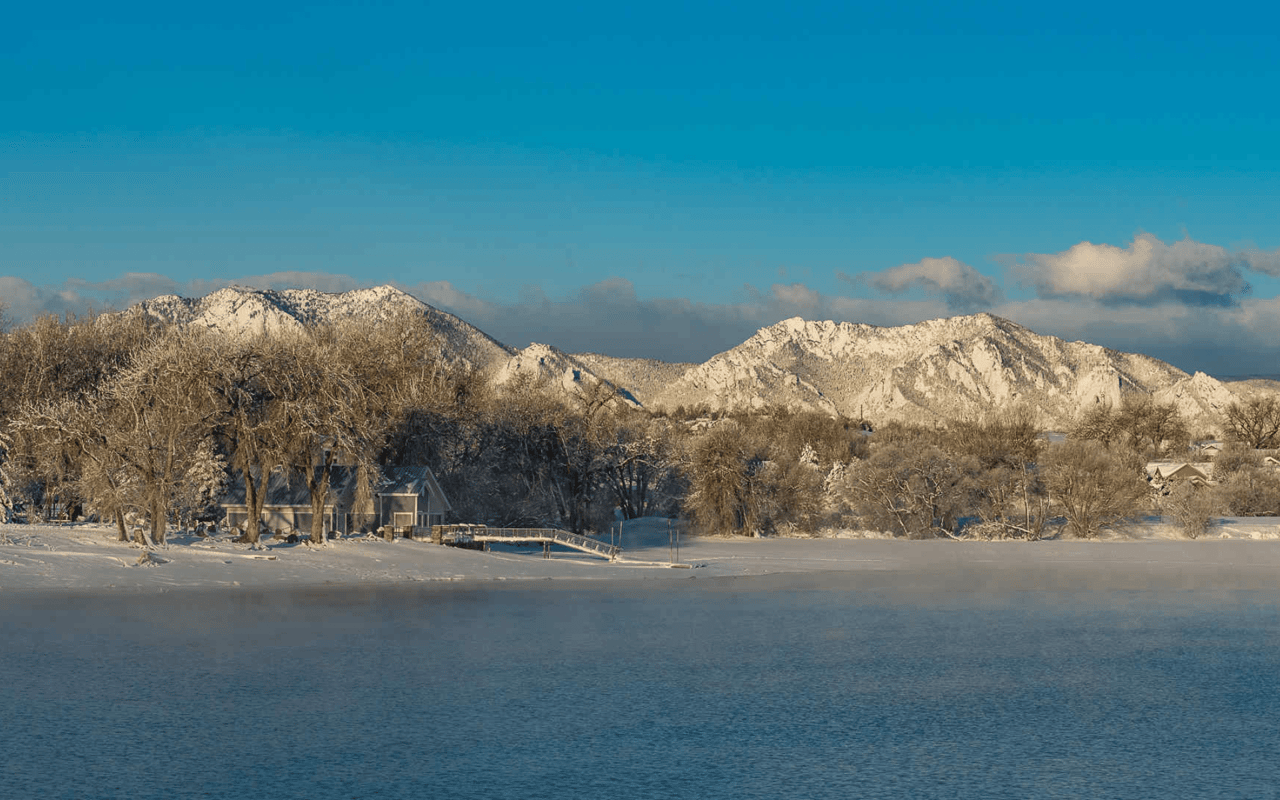As temperatures drop and the winter season approaches, preparing your home for the cold weather is essential. Winterizing your home not only ensures your family stays warm and comfortable, but it also helps to prevent costly damage and improves energy efficiency. From sealing drafts to protecting pipes, taking the right steps before winter hits can save you money and reduce energy waste. Below is a comprehensive guide on how to winterize your home, covering everything from insulation to heating system maintenance.
Inspect and Seal Drafts
One of the most effective ways to keep your home warm during the winter is to eliminate drafts that allow cold air to seep in and heat to escape. Drafts around windows, doors, and other openings can significantly reduce the energy efficiency of your home, leading to higher heating bills. Here’s how to seal drafts:
-
Check Windows and Doors: Inspect your windows and doors for any gaps or cracks where cold air might be entering. Use weatherstripping around the edges of doors and windows to create a tight seal. You can also use caulk to fill in cracks around window frames or where walls meet windows and doors.
-
Install Draft Stoppers: For added insulation, use draft stoppers at the bottom of exterior doors. These are simple, affordable tools that prevent cold air from sneaking in under the door and make a noticeable difference in indoor temperature.
-
Seal Attic and Basement Gaps: Don’t forget to check less obvious areas like your attic or basement for drafts. Gaps around pipes, vents, or electrical outlets can allow cold air into your home, so be sure to seal these with spray foam insulation or caulk as well.
Upgrade Your Insulation
Proper insulation is key to maintaining a warm and energy-efficient home during the winter months. If your home is poorly insulated, it will be difficult to keep heat from escaping, resulting in higher heating costs. Assess the insulation in critical areas such as the attic, walls, and floors:
-
Attic Insulation: Heat rises, which means your attic is one of the most important areas to insulate. If your attic insulation is thin or outdated, consider adding more or replacing it with a higher-quality material. Fiberglass or spray foam insulation are effective options for keeping heat in your home.
-
Wall and Floor Insulation: While the attic is the top priority, walls and floors should also be adequately insulated, especially in older homes. Insulating exterior walls and floors above unheated areas (such as garages or crawl spaces) helps keep your home warmer and reduces energy loss.
-
Insulate Pipes: In colder climates, insulating your pipes can prevent them from freezing and bursting. Use pipe insulation foam to wrap around exposed pipes in the basement, attic, or other unheated areas to protect them from extreme temperatures.
Service Your Heating System
Before the winter season arrives, it’s essential to ensure your heating system is in top working order. Regular maintenance of your furnace or boiler will not only keep your home warm, but it can also extend the lifespan of your system and prevent unexpected breakdowns:
-
Schedule a Professional Inspection: Have a licensed HVAC technician inspect and service your furnace or boiler before the cold weather sets in. They can check for any issues, clean the system, and make necessary adjustments to ensure it operates efficiently throughout the winter.
-
Replace Air Filters: Dirty air filters can reduce the efficiency of your heating system and compromise indoor air quality. Check your air filters regularly and replace them at least every three months—or more frequently if they become clogged.
-
Consider a Programmable Thermostat: Installing a programmable thermostat allows you to set specific temperatures for different times of the day, which can help reduce energy usage while keeping your home comfortable. You can program the thermostat to lower the temperature while you’re away and increase it before you return, saving money without sacrificing warmth.
Protect Your Pipes from Freezing
Frozen pipes are a common winter problem that can lead to significant water damage and costly repairs. Taking precautions to prevent your pipes from freezing is essential, especially in areas where temperatures drop below freezing. Here’s how to protect your pipes:
-
Keep Interior Doors Open: Allow warm air to circulate throughout your home by keeping interior doors open, especially in rooms where pipes are located, such as the kitchen or bathroom. This will help warm air reach pipes that may be at risk of freezing.
-
Let Faucets Drip: On particularly cold nights, allow a small stream of water to flow from your faucets. Moving water is less likely to freeze, and this simple step can prevent pipe bursts.
-
Drain Outdoor Hoses and Faucets: Disconnect and drain garden hoses, and shut off water to outdoor faucets. Use faucet covers or insulated covers to protect outdoor spigots from freezing temperatures.
-
Add Pipe Insulation: Insulate any pipes located in unheated areas, such as the garage, attic, or basement. Foam pipe insulation or heat tape can provide an added layer of protection against freezing.
Prepare Your Fireplace and Chimney
If you have a fireplace, it can be a cozy and efficient way to heat your home during the winter months. However, it’s important to ensure your fireplace and chimney are clean and safe to use before lighting that first fire of the season:
-
Have Your Chimney Cleaned: Schedule a professional chimney sweep to remove any creosote buildup, soot, or debris that could pose a fire hazard. A clean chimney is essential for ensuring proper ventilation and reducing the risk of chimney fires.
-
Inspect the Damper: Make sure the damper opens and closes properly to allow smoke to escape and prevent cold air from entering your home when the fireplace is not in use.
-
Use Fireplace Doors or Screens: To prevent heat loss when the fireplace is not in use, consider installing glass doors or a fireplace screen. This will act as a barrier against drafts while also enhancing safety by keeping sparks and embers contained.
Winterizing your home is an essential part of preparing for the cold months ahead. By taking steps to seal drafts, improve insulation, service your heating system, and protect your pipes, you can keep your home warm and energy-efficient throughout the winter season. Additionally, preparing outdoor spaces and having a winter storm plan in place ensures your home and family are safe and comfortable, no matter how harsh the weather gets. With these winterization tips, you’ll be ready to enjoy a cozy, well-protected home all winter long.
About Jennifer Stuckey
For a seamless and stress-free real estate experience in the North Denver area, work with Jennifer Stuckey. Offering concierge-style services, Jennifer manages vendors and contractors, saving you time and minimizing disruptions to your schedule.
Inspired by her own moving experiences, she focuses on reducing stress for her clients. Contact Jennifer Stuckey today for expert real estate guidance and to find your perfect home in Westminster, CO. Search homes for sale in Westminster here.
Inspired by her own moving experiences, she focuses on reducing stress for her clients. Contact Jennifer Stuckey today for expert real estate guidance and to find your perfect home in Westminster, CO. Search homes for sale in Westminster here.
